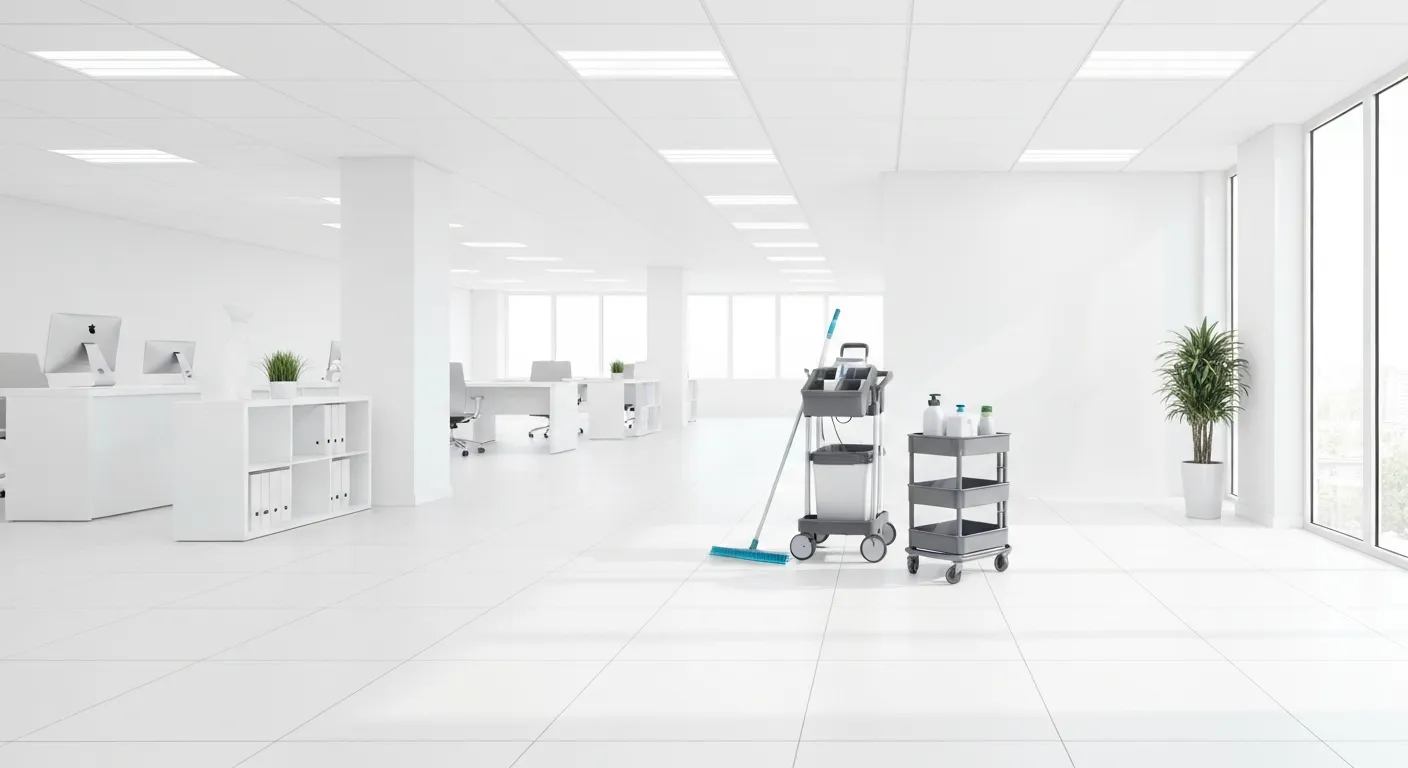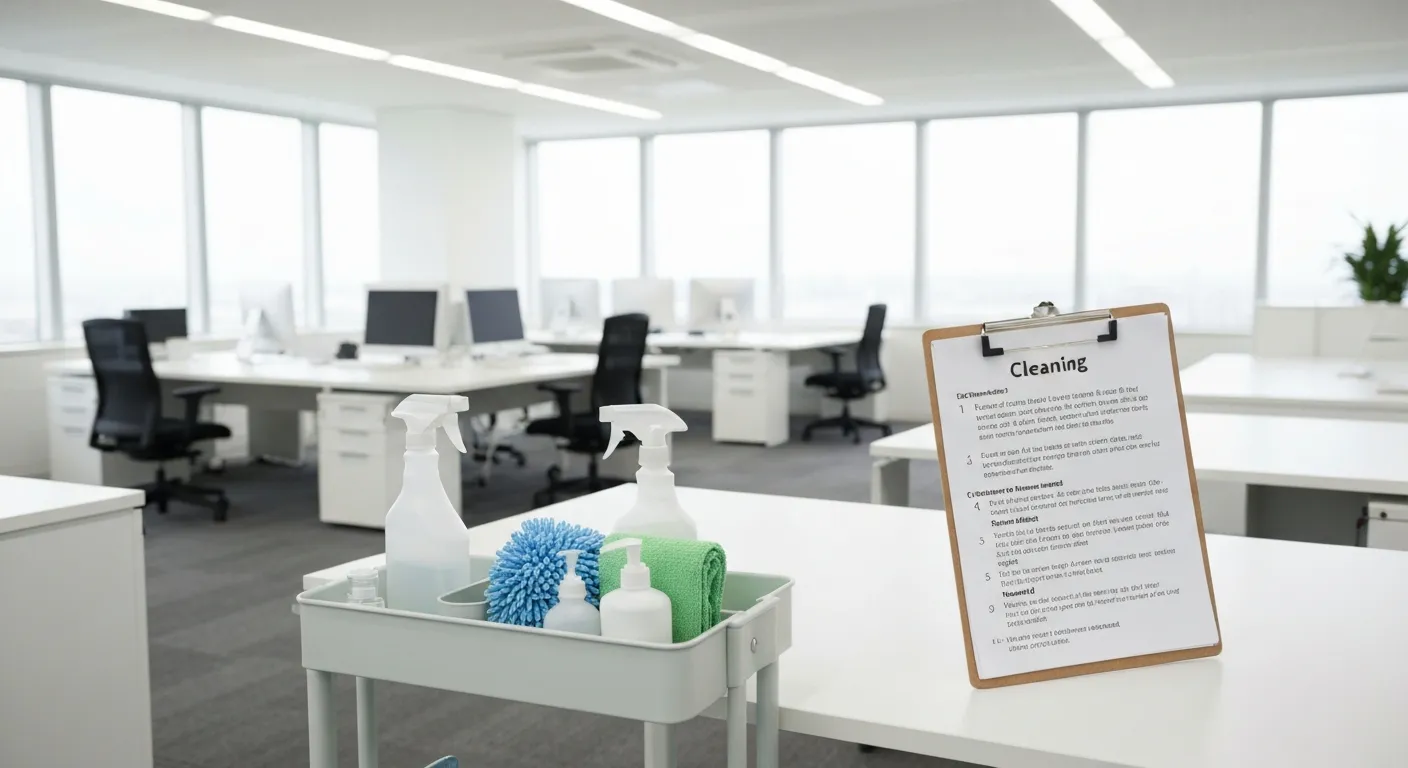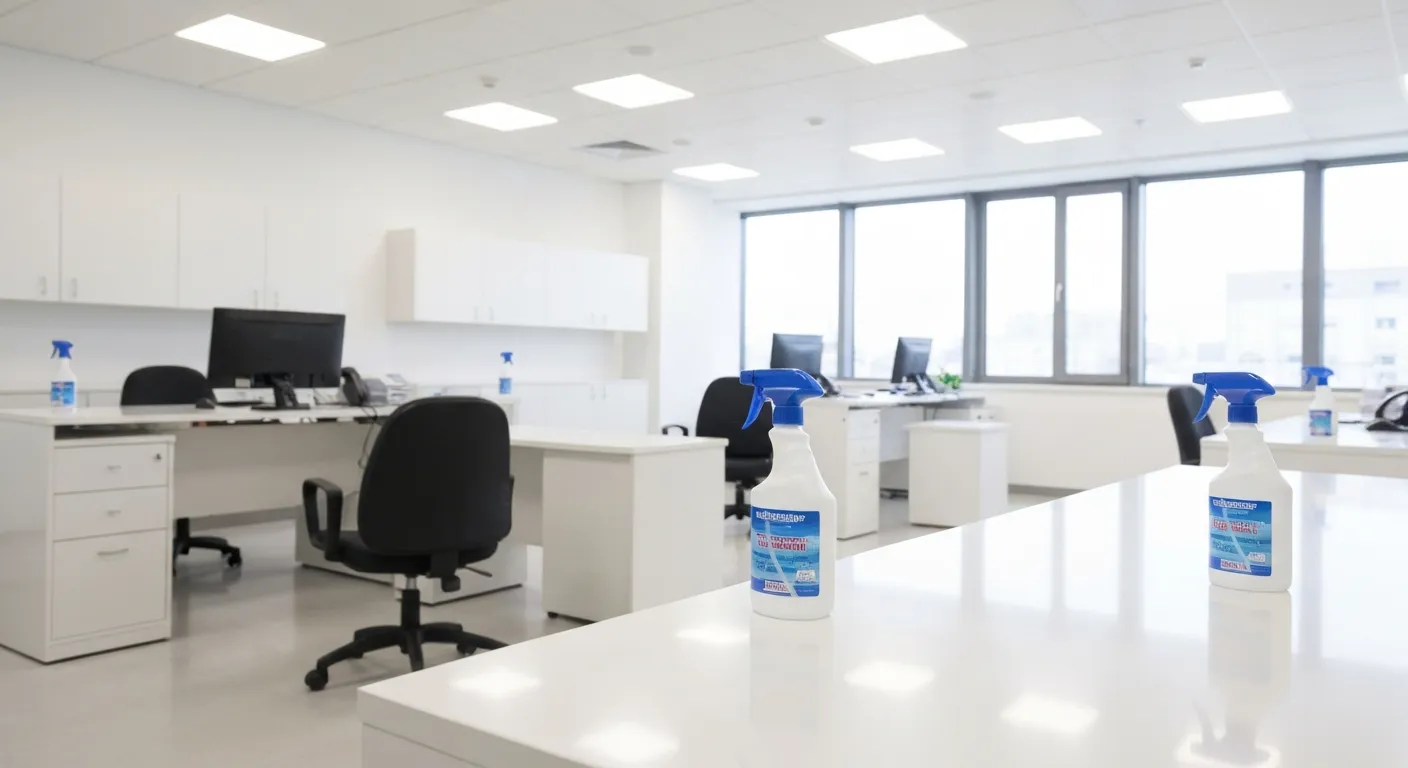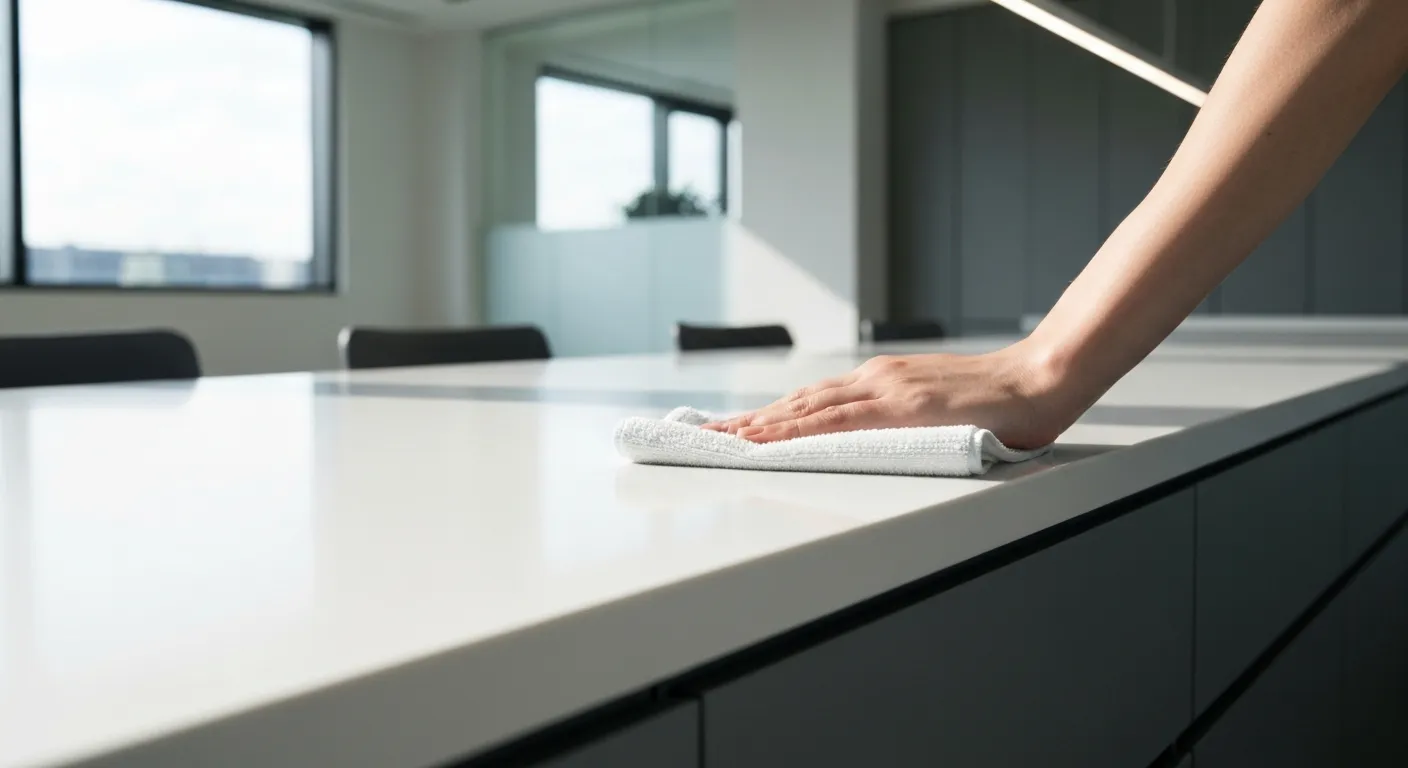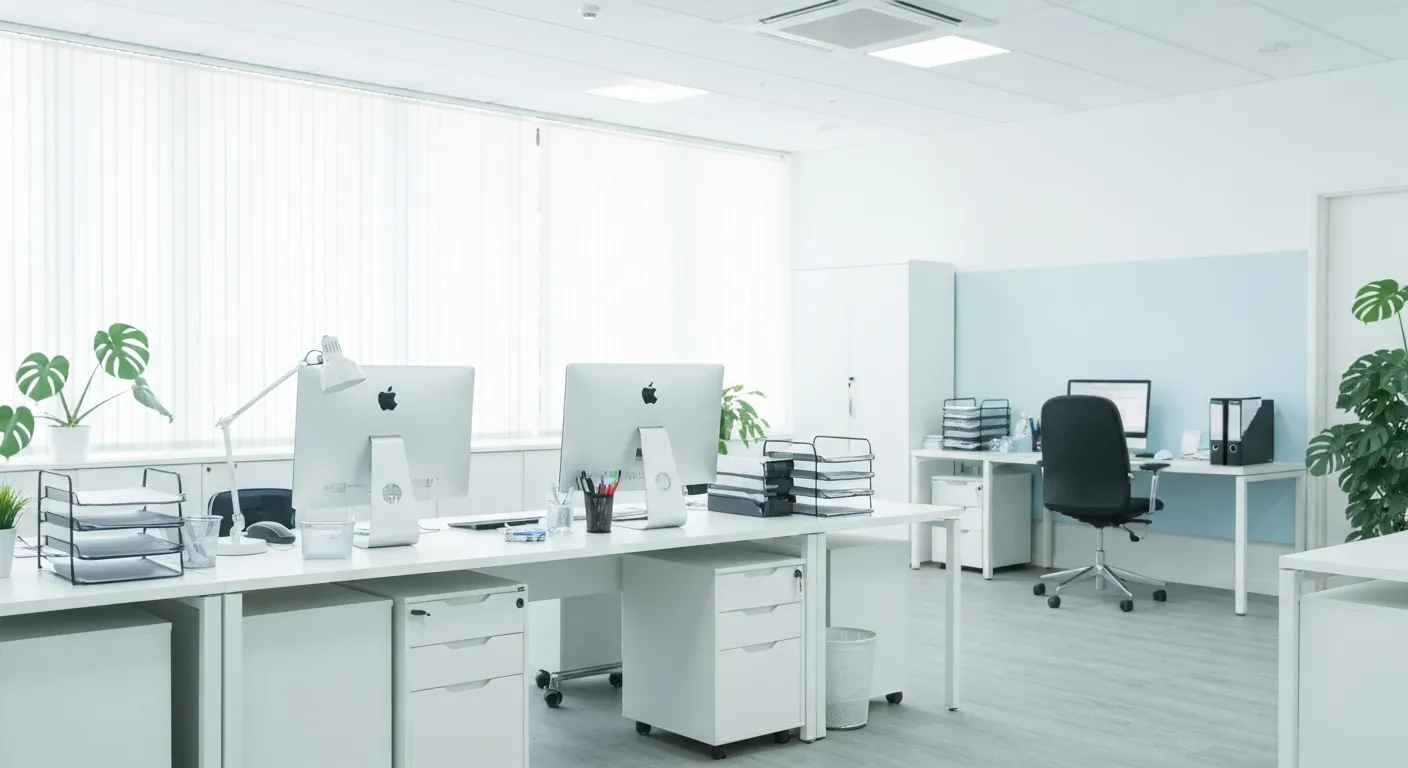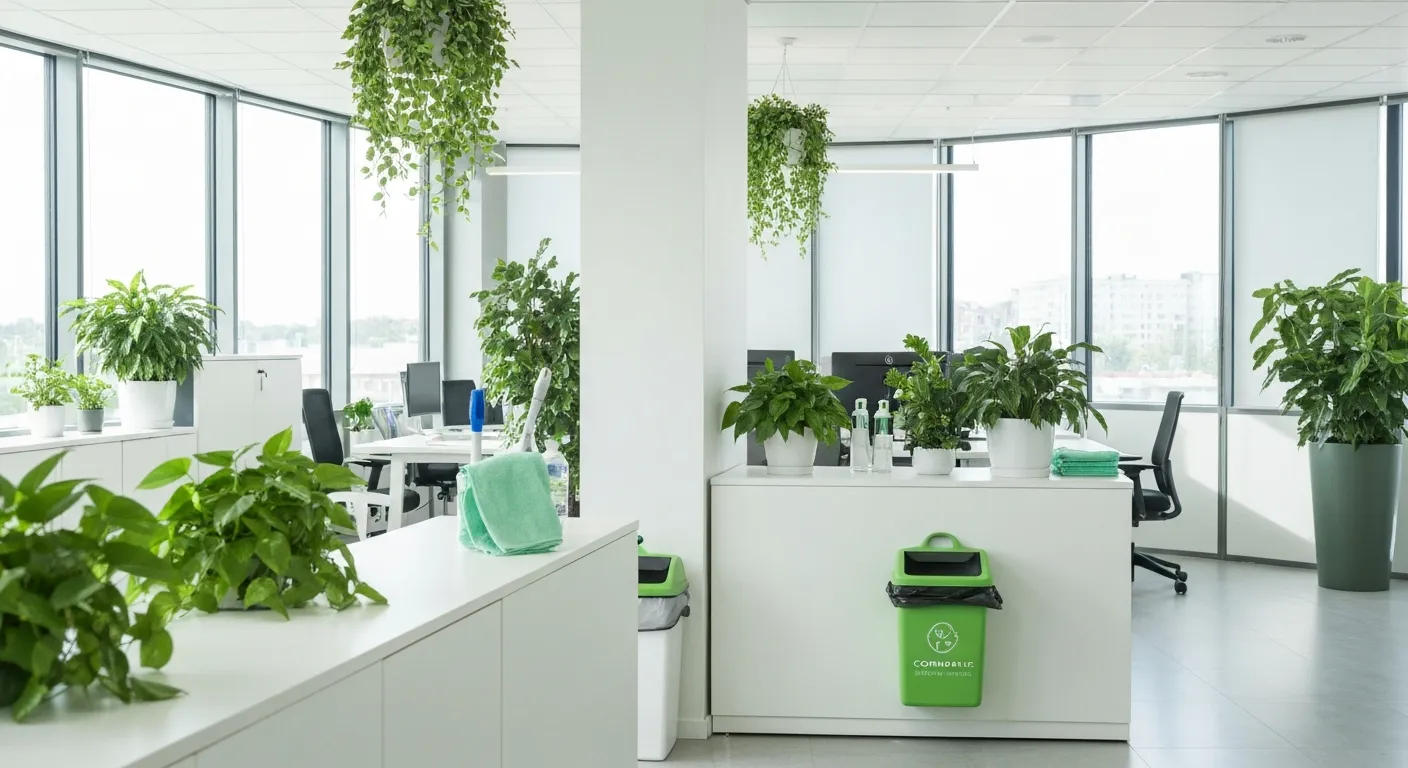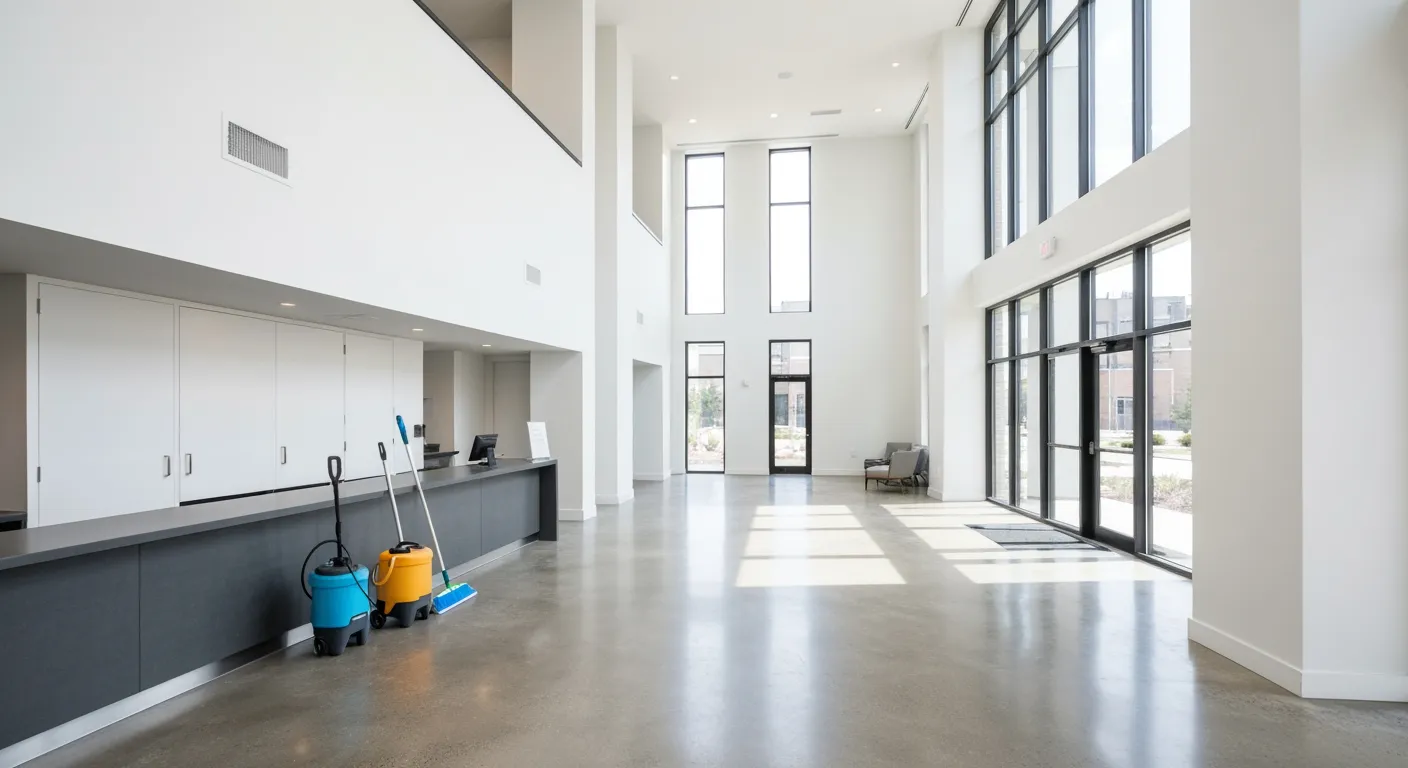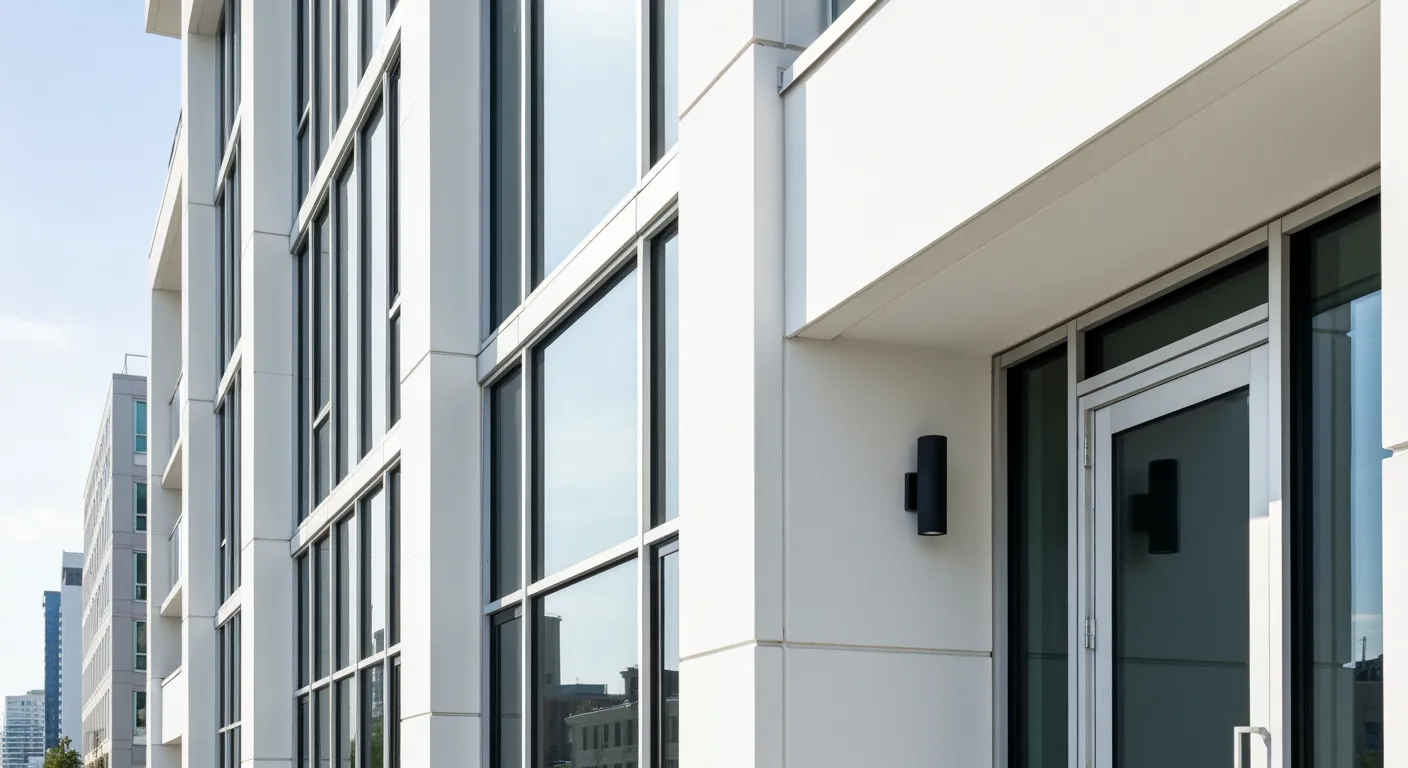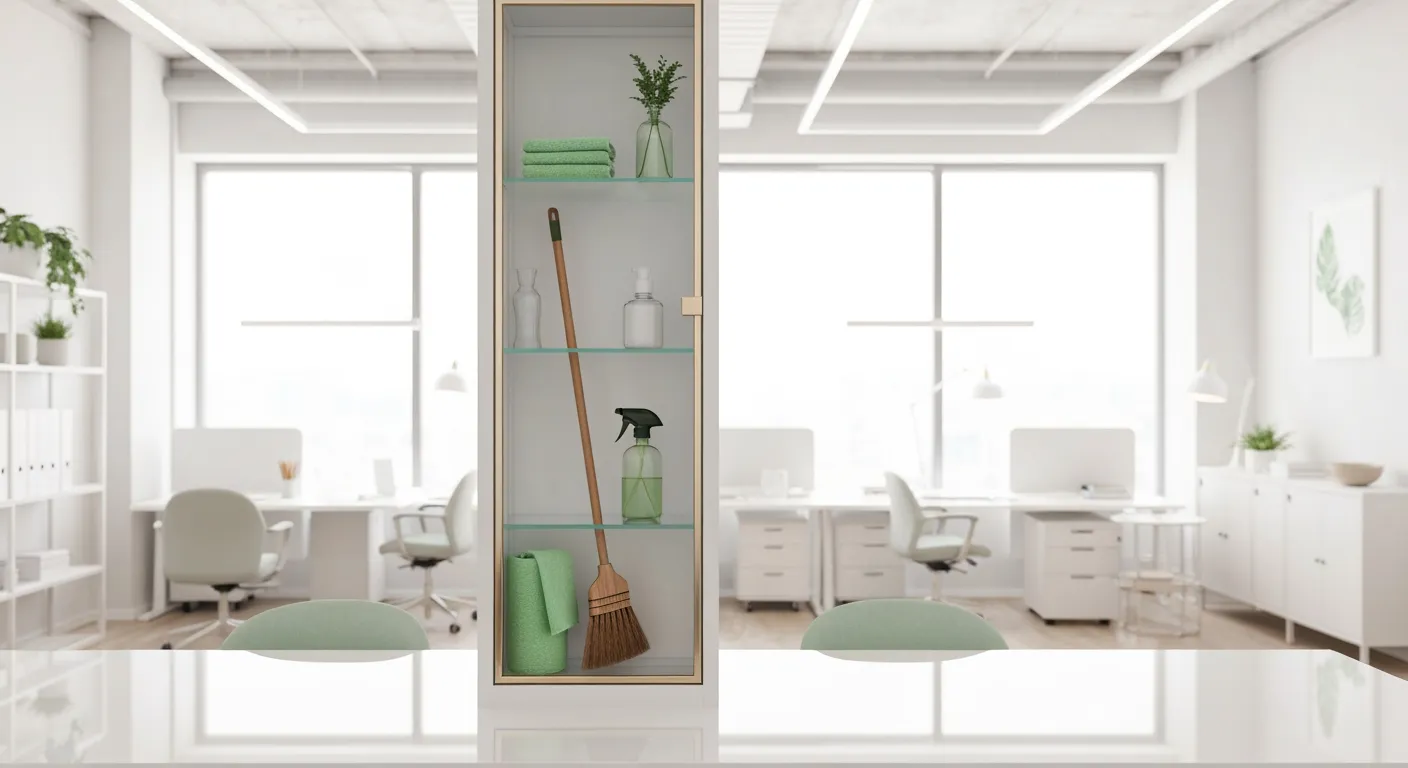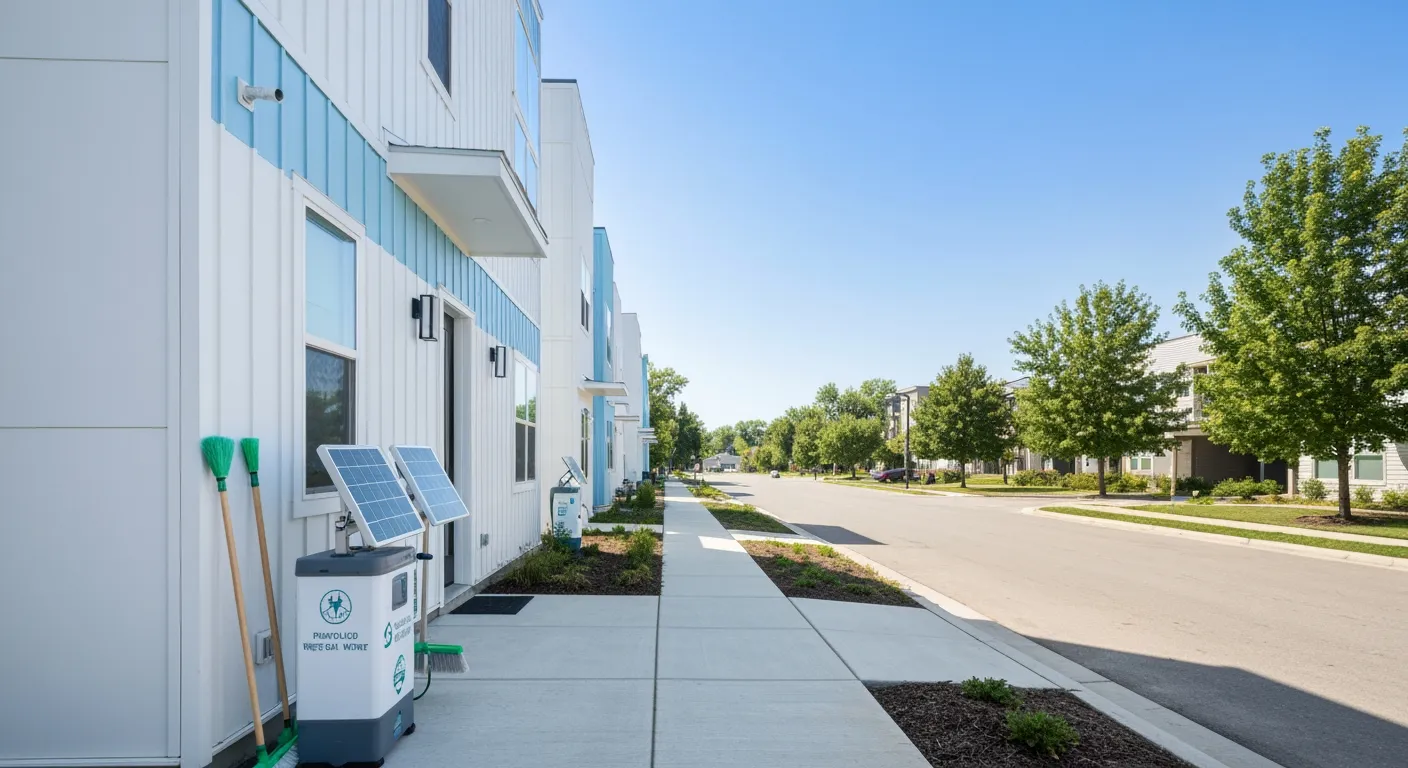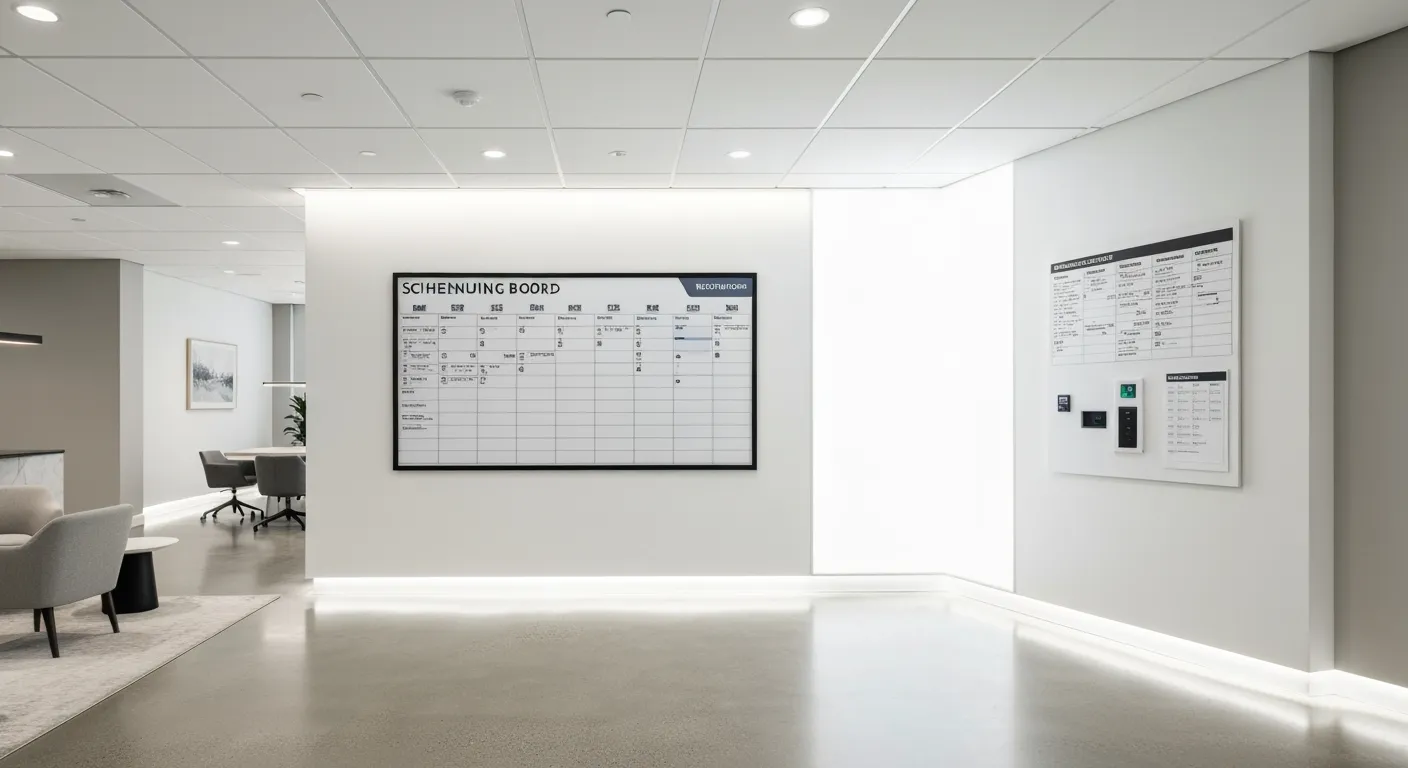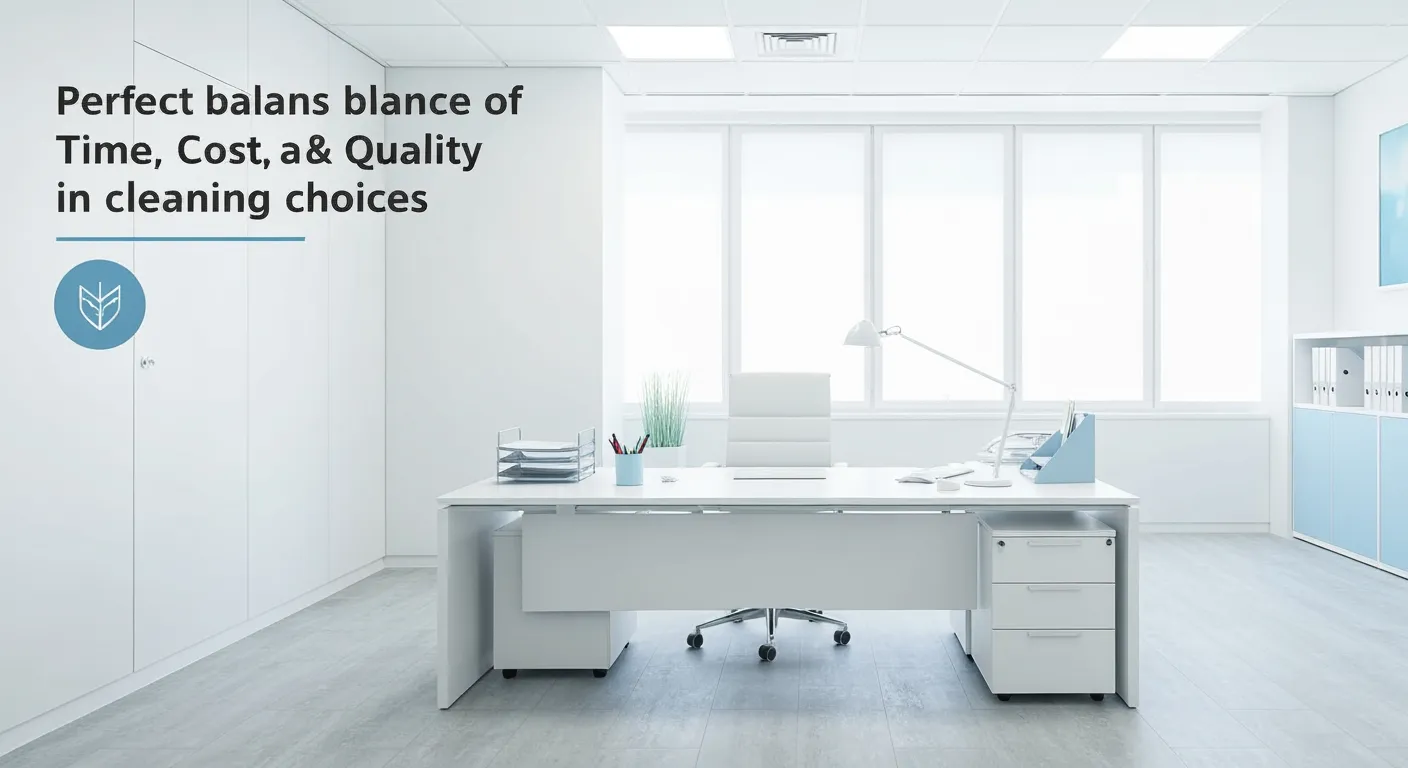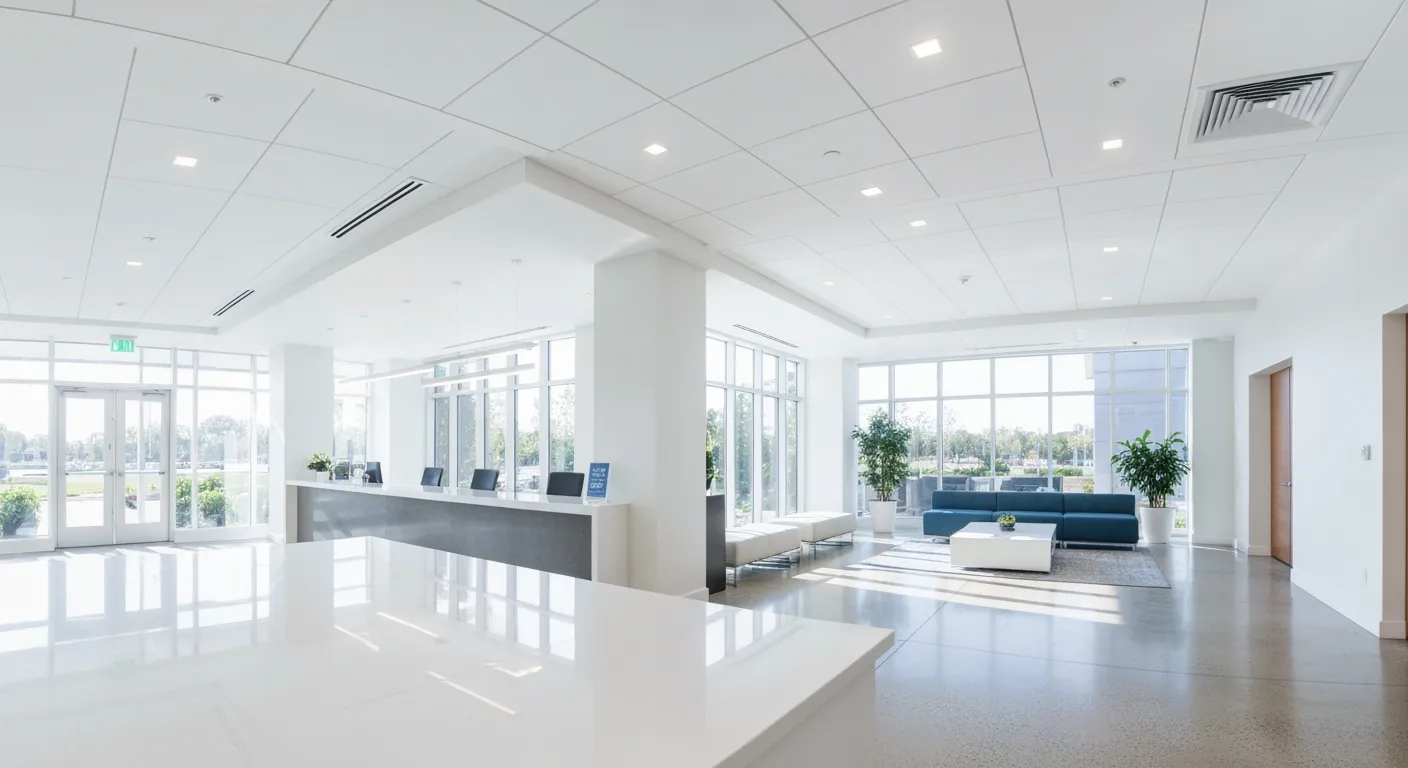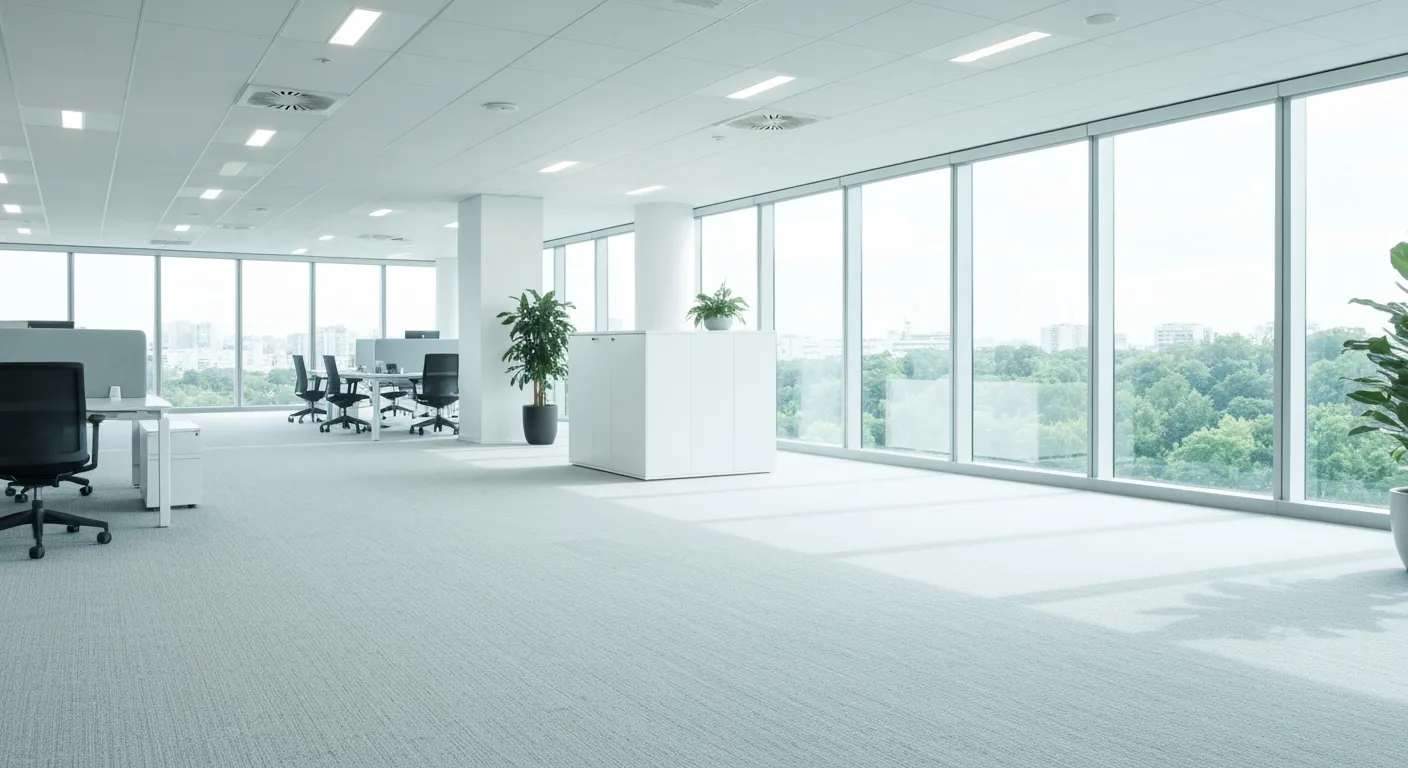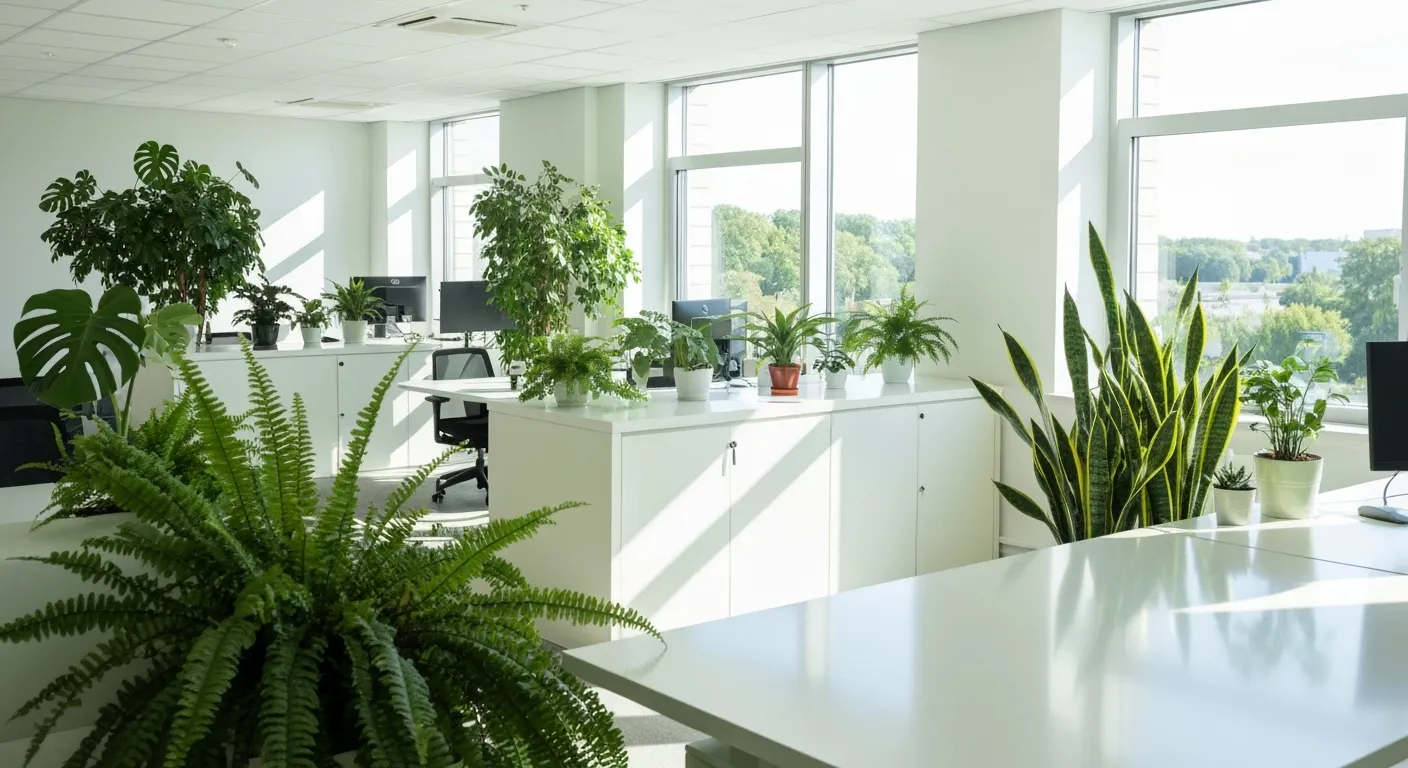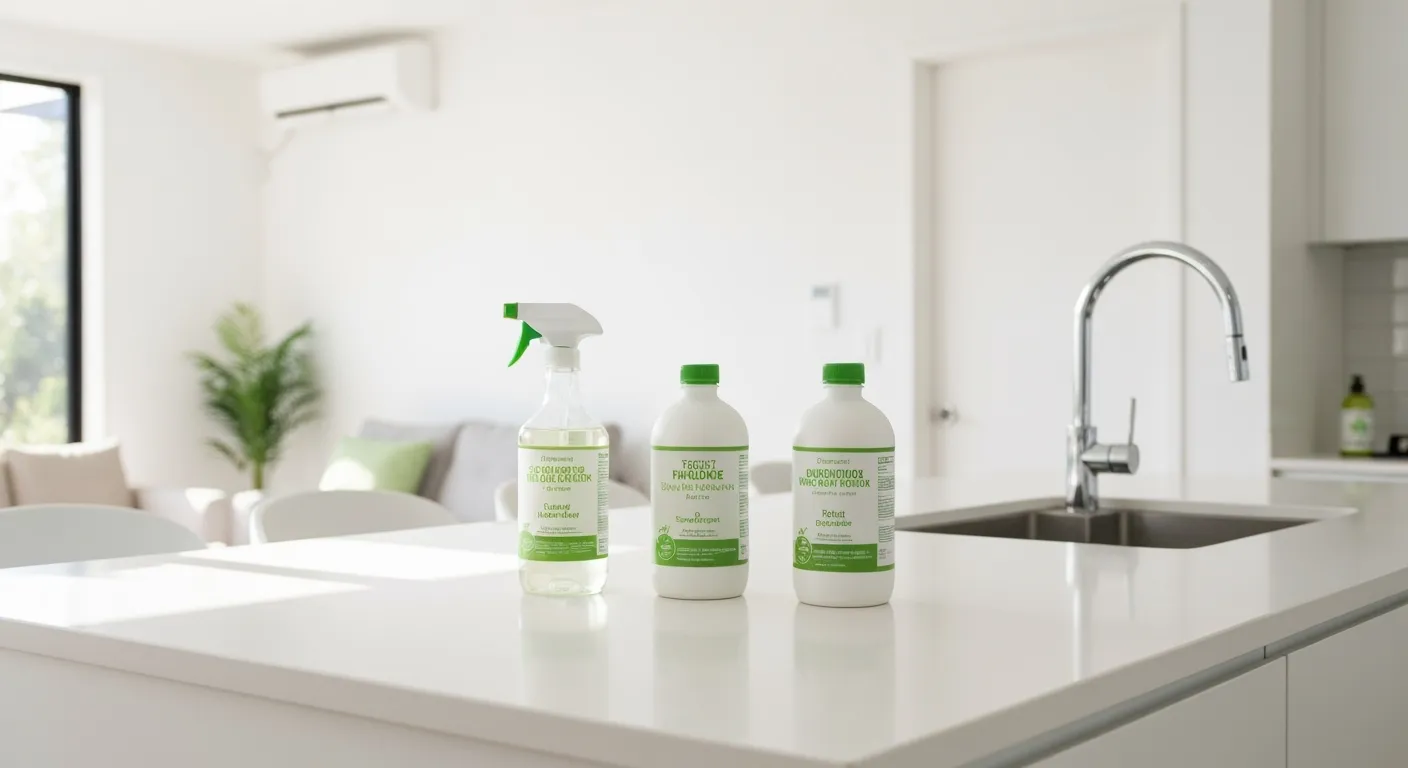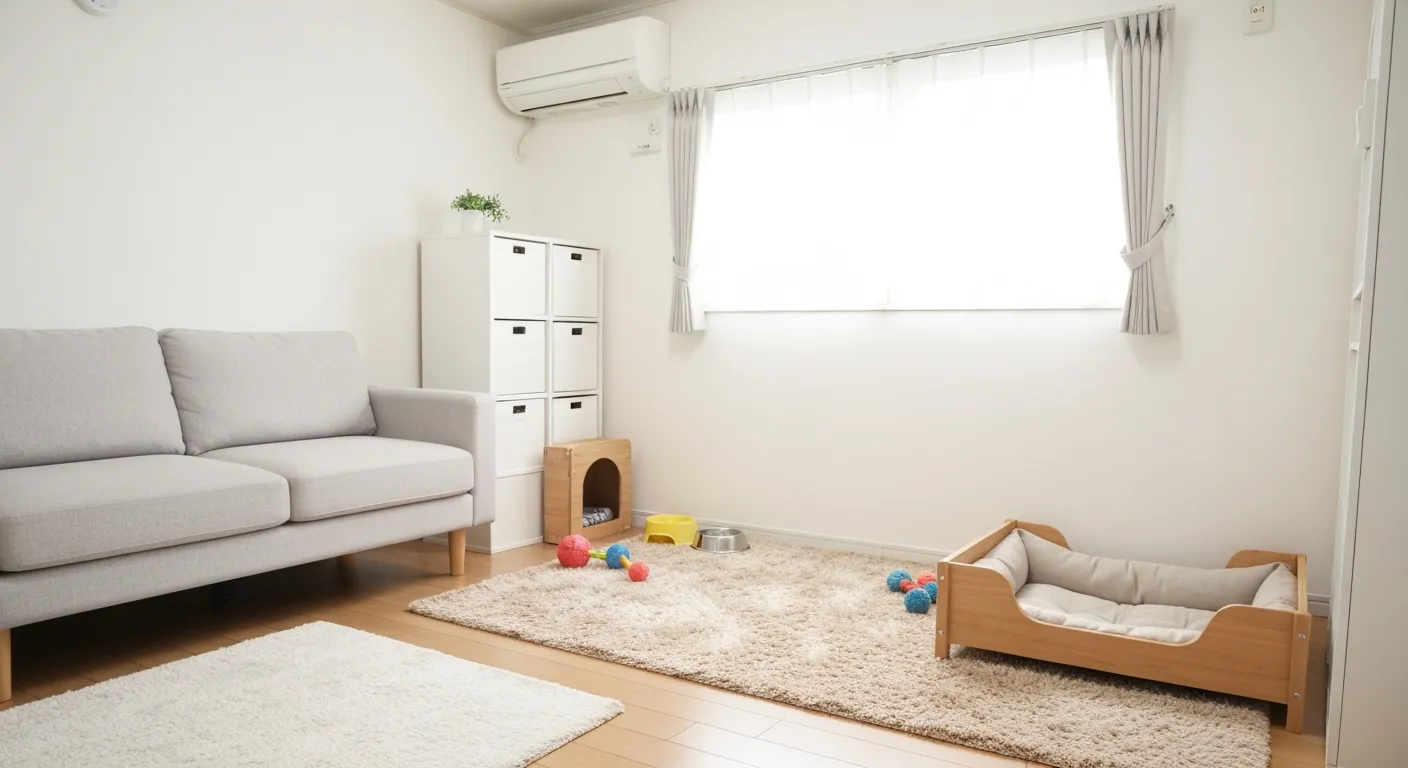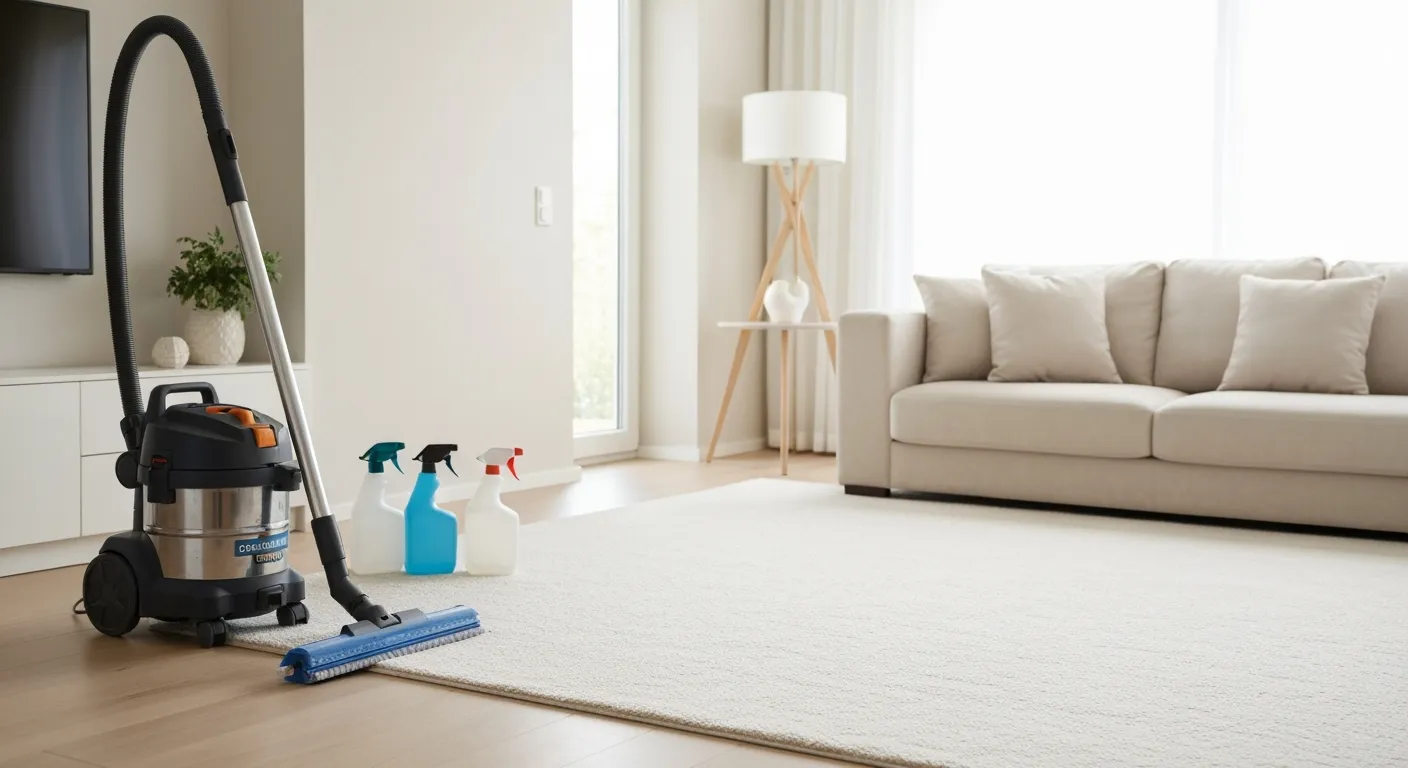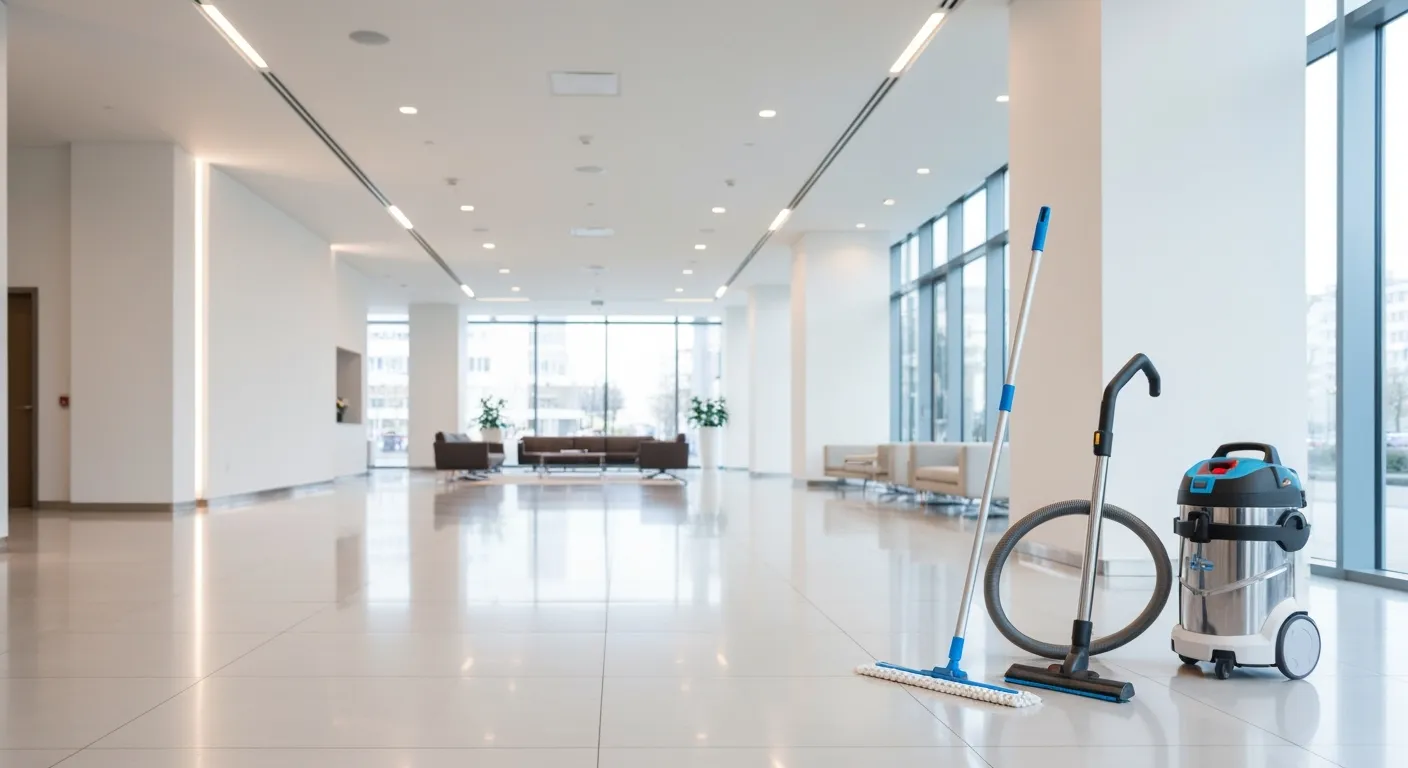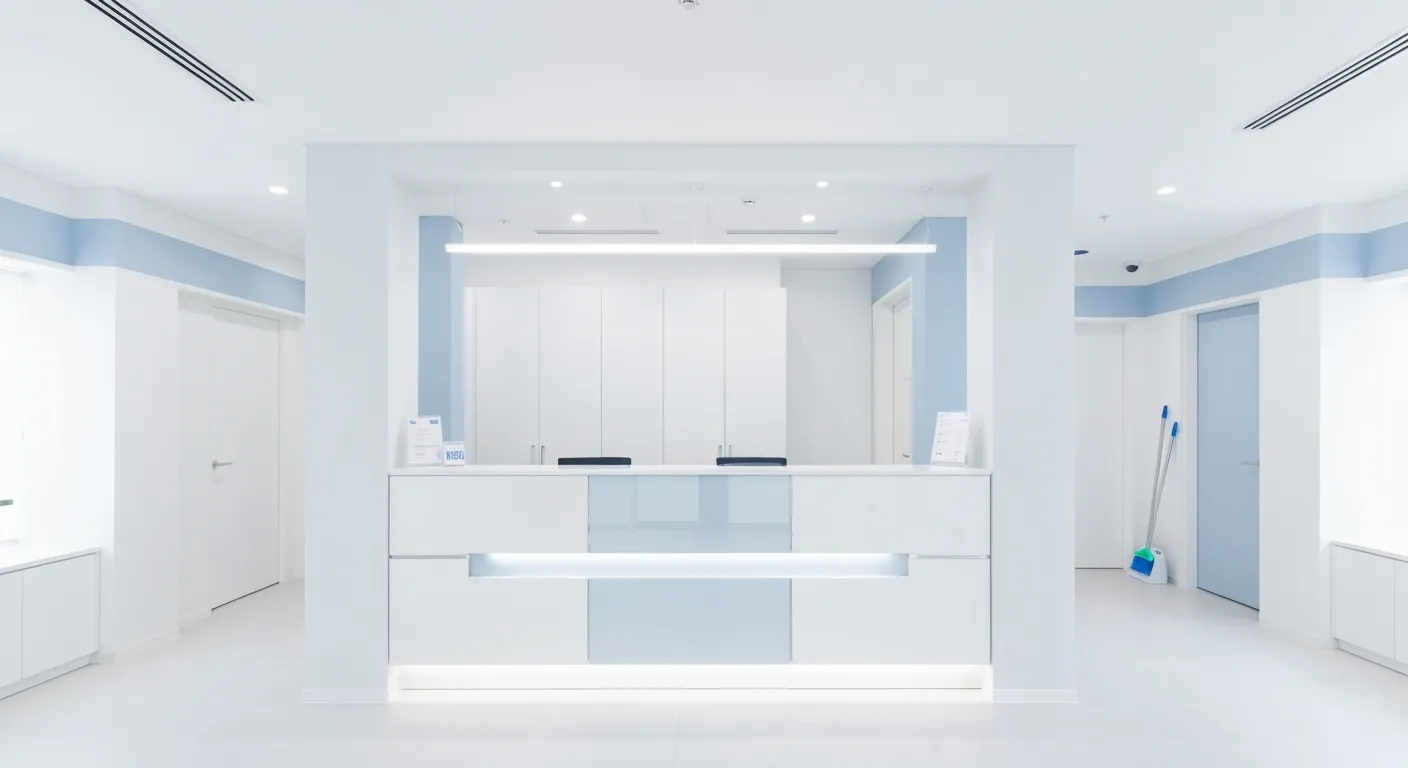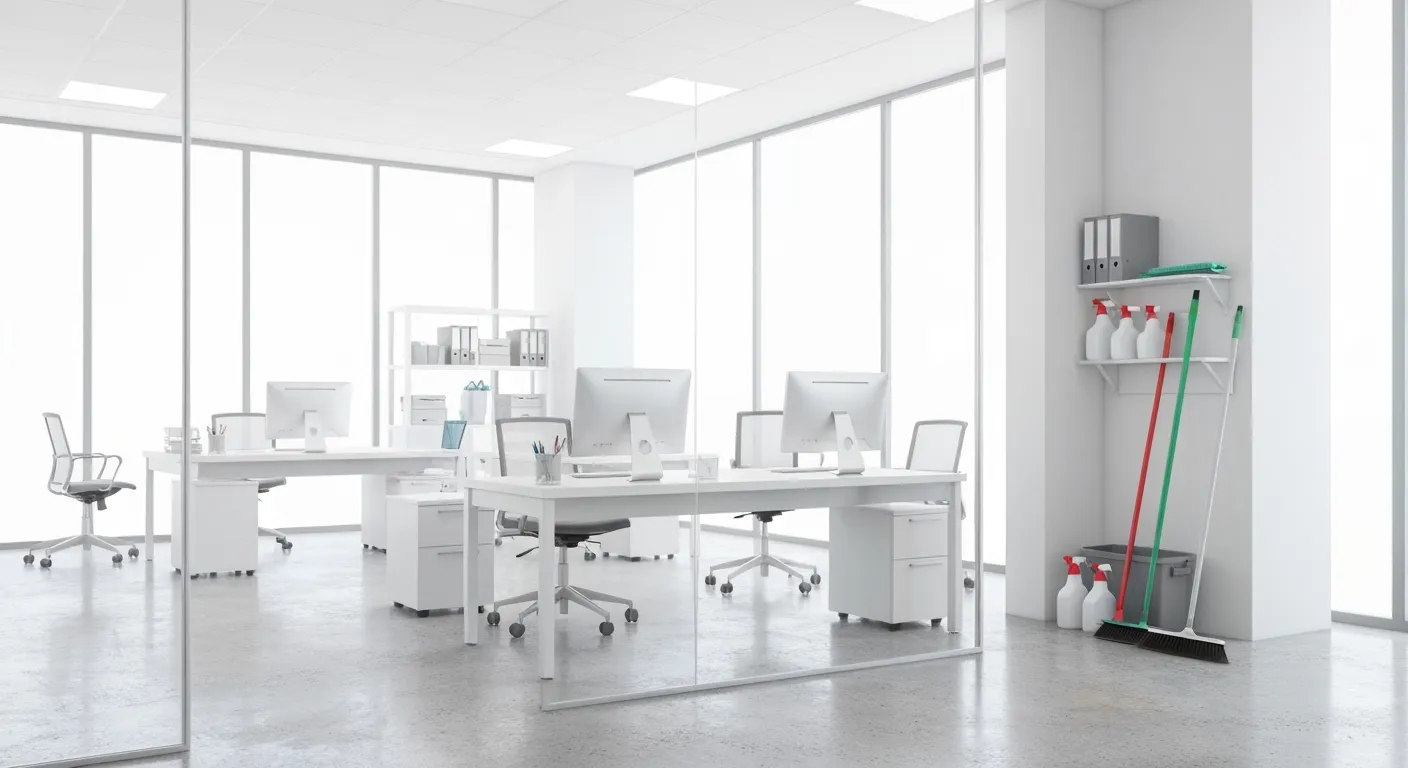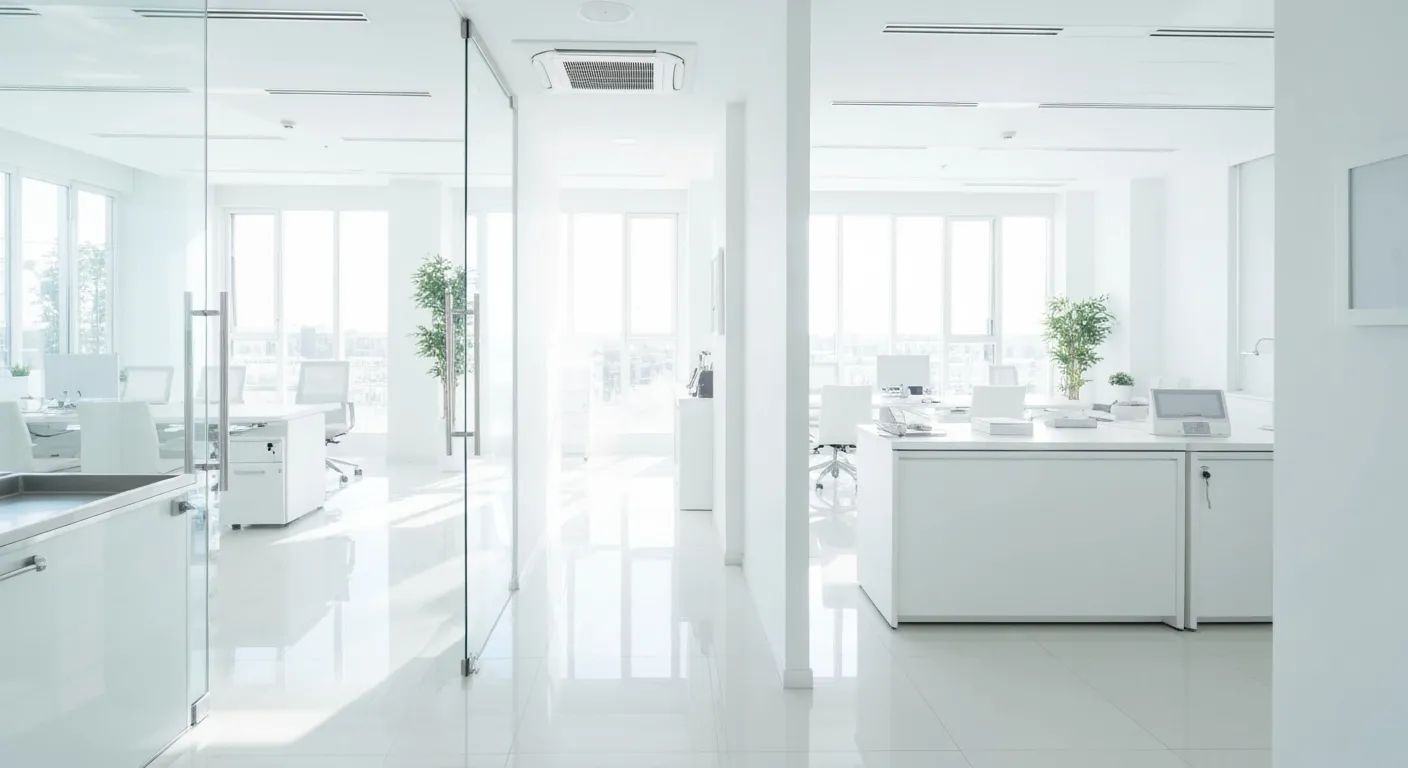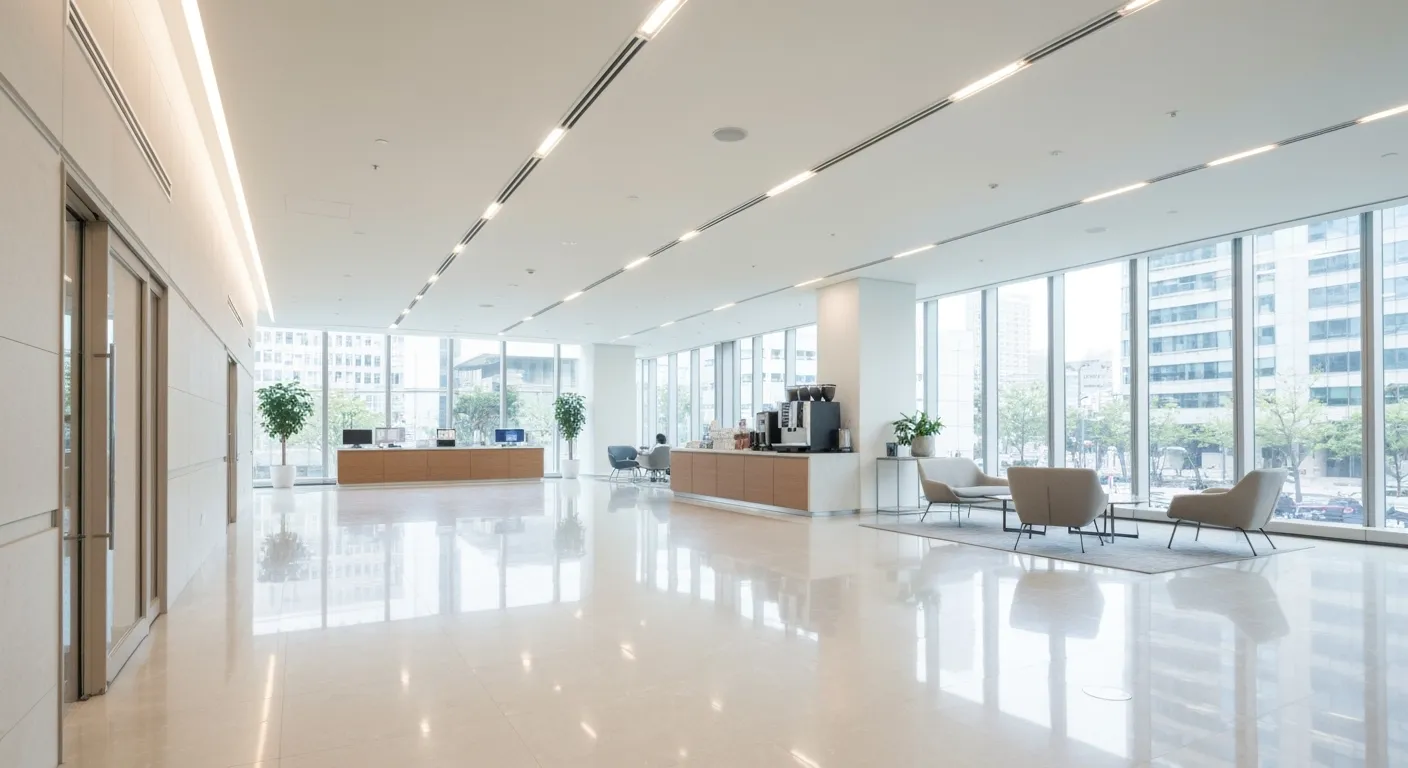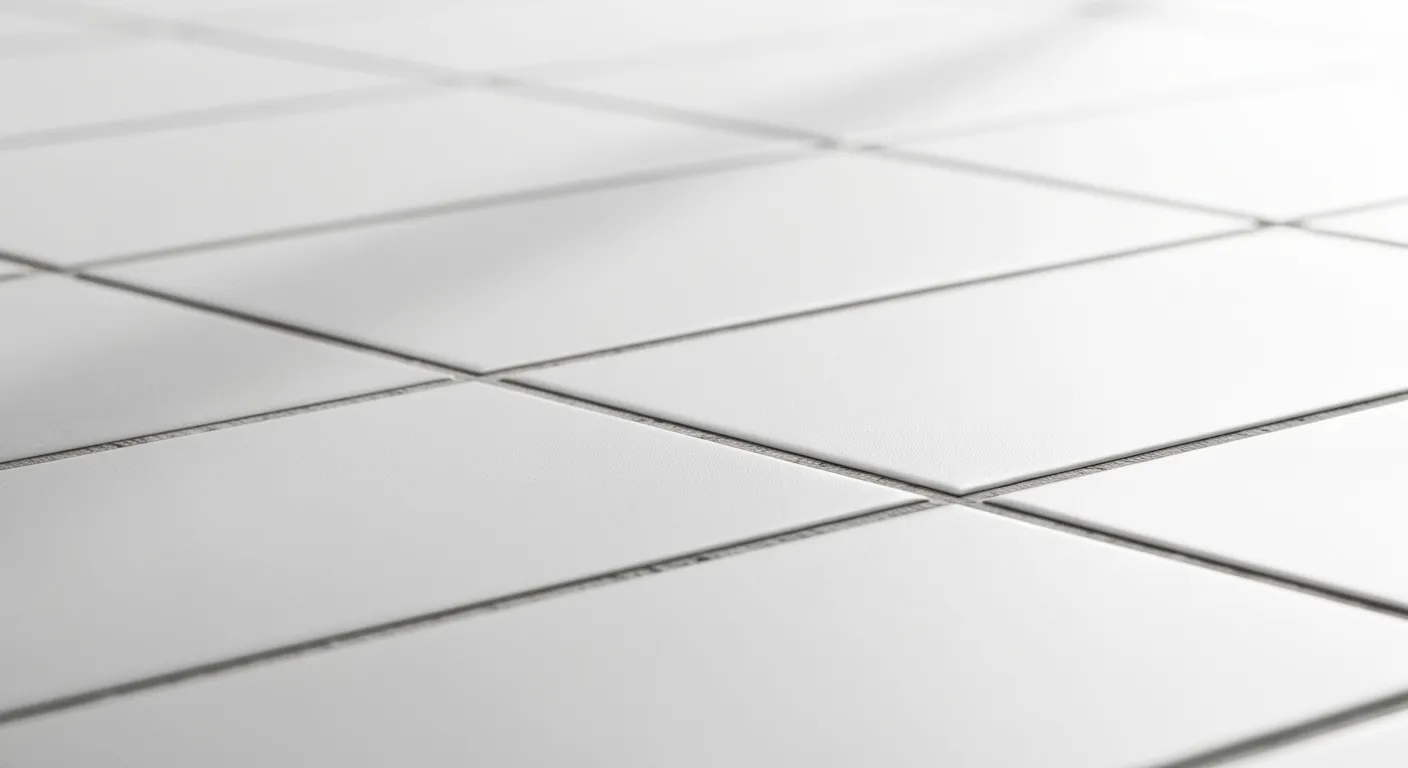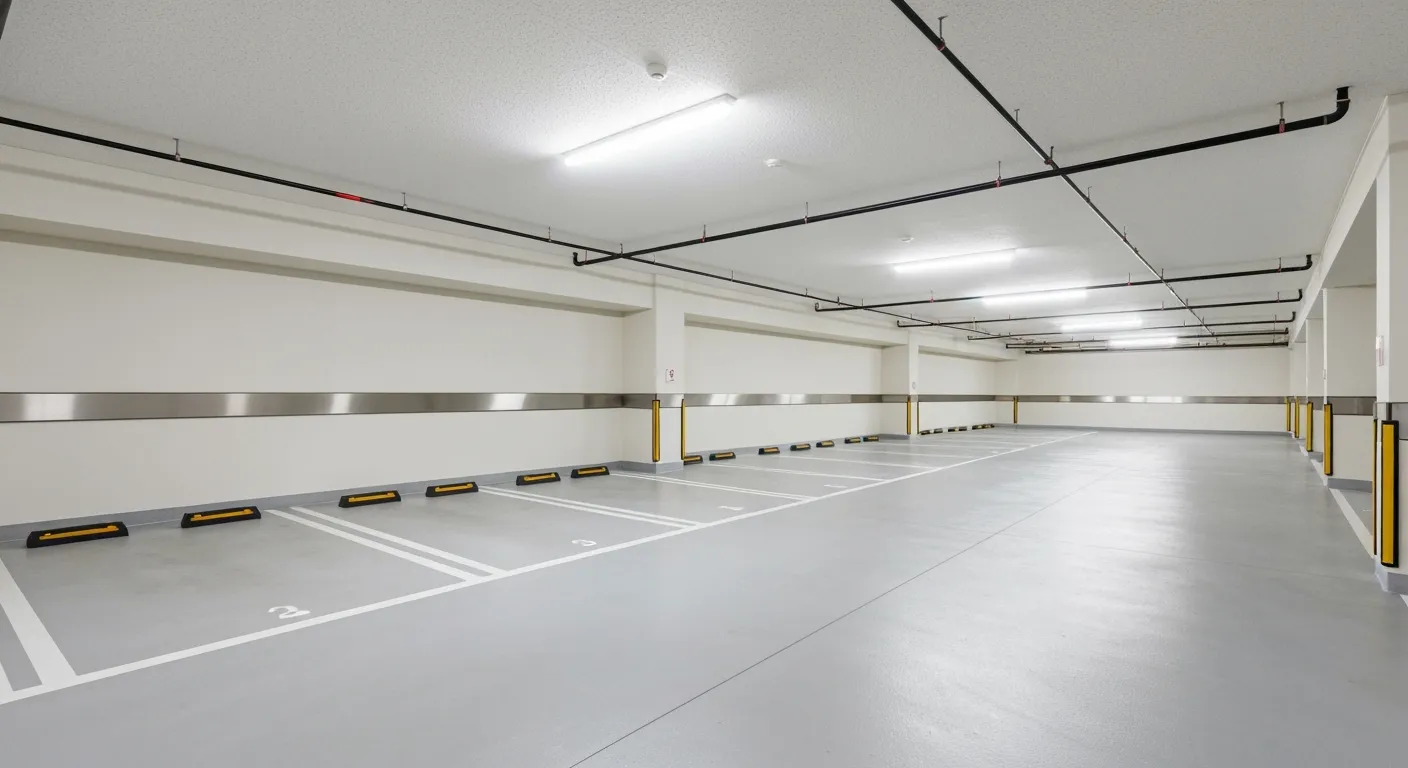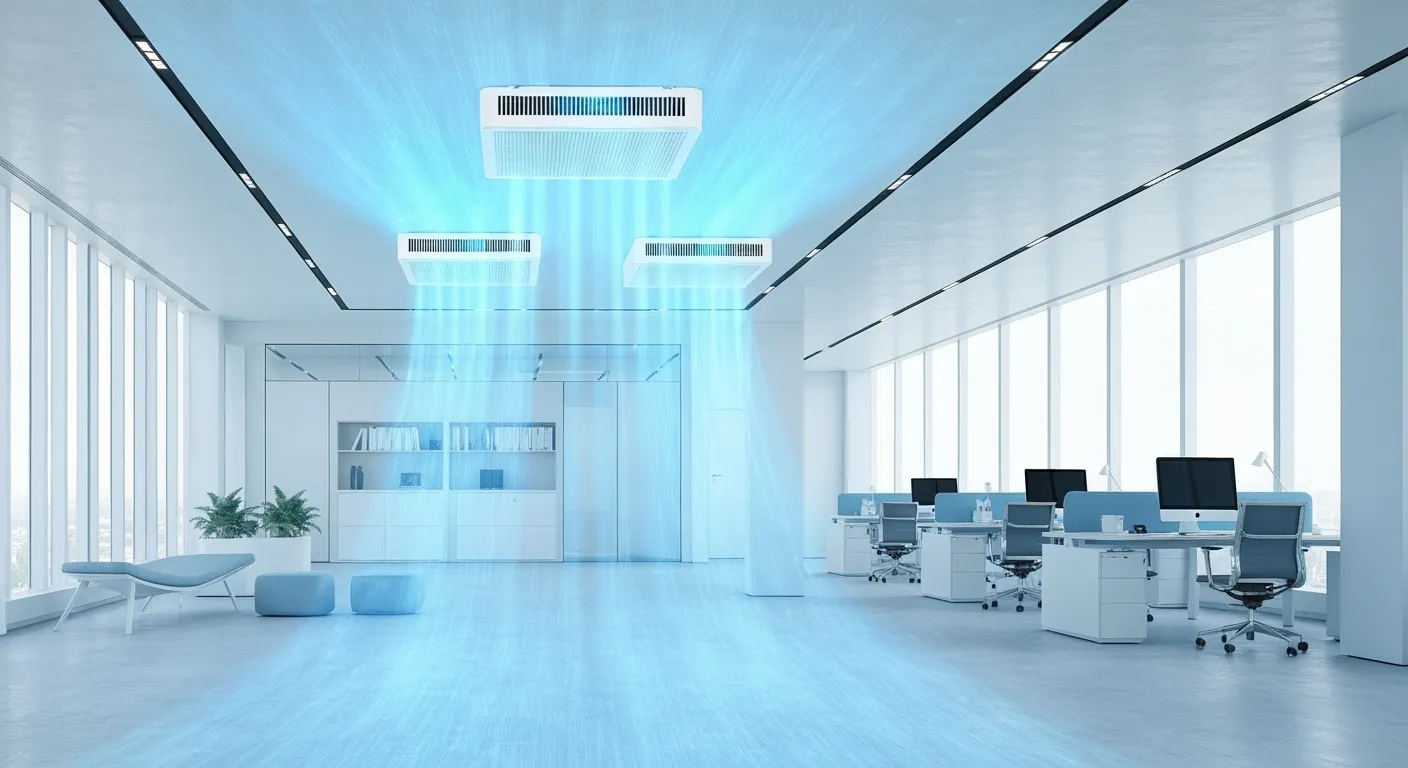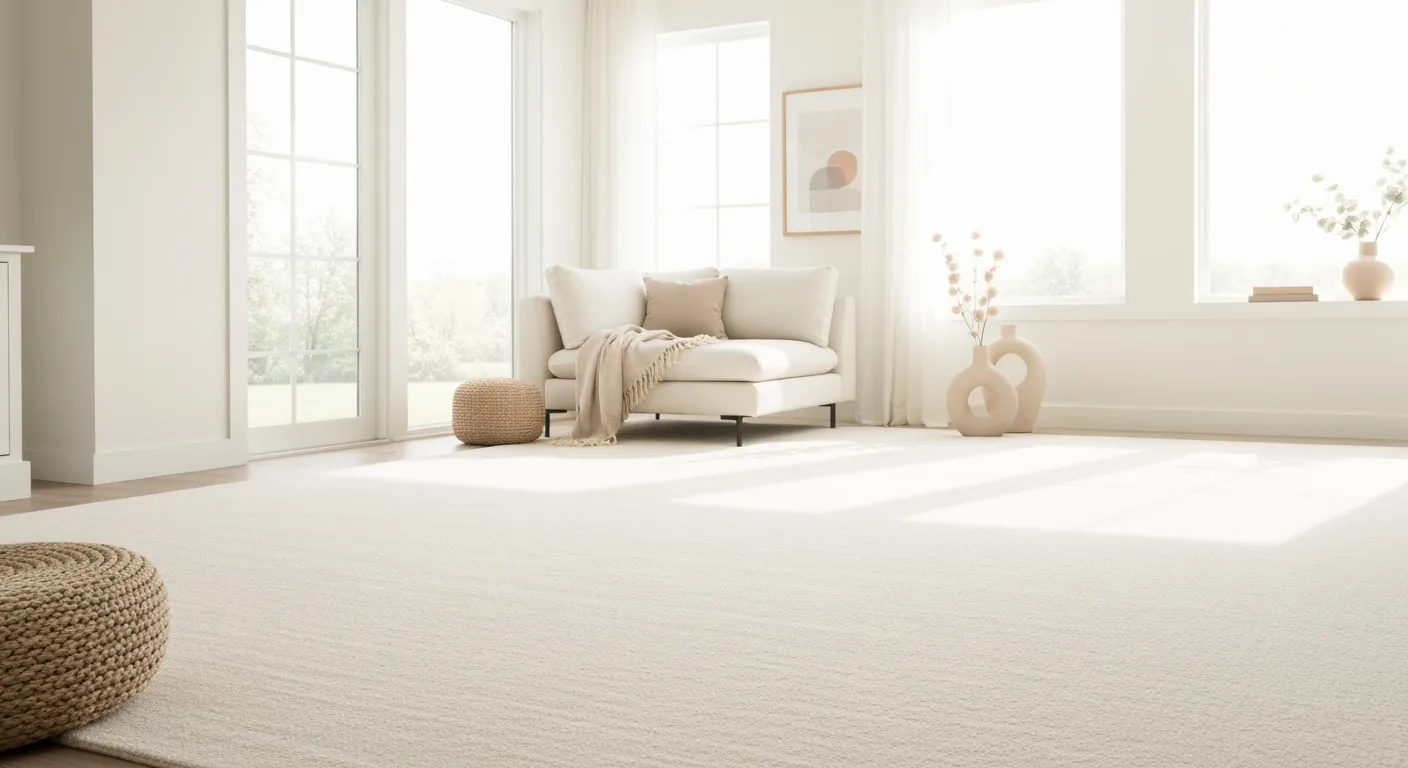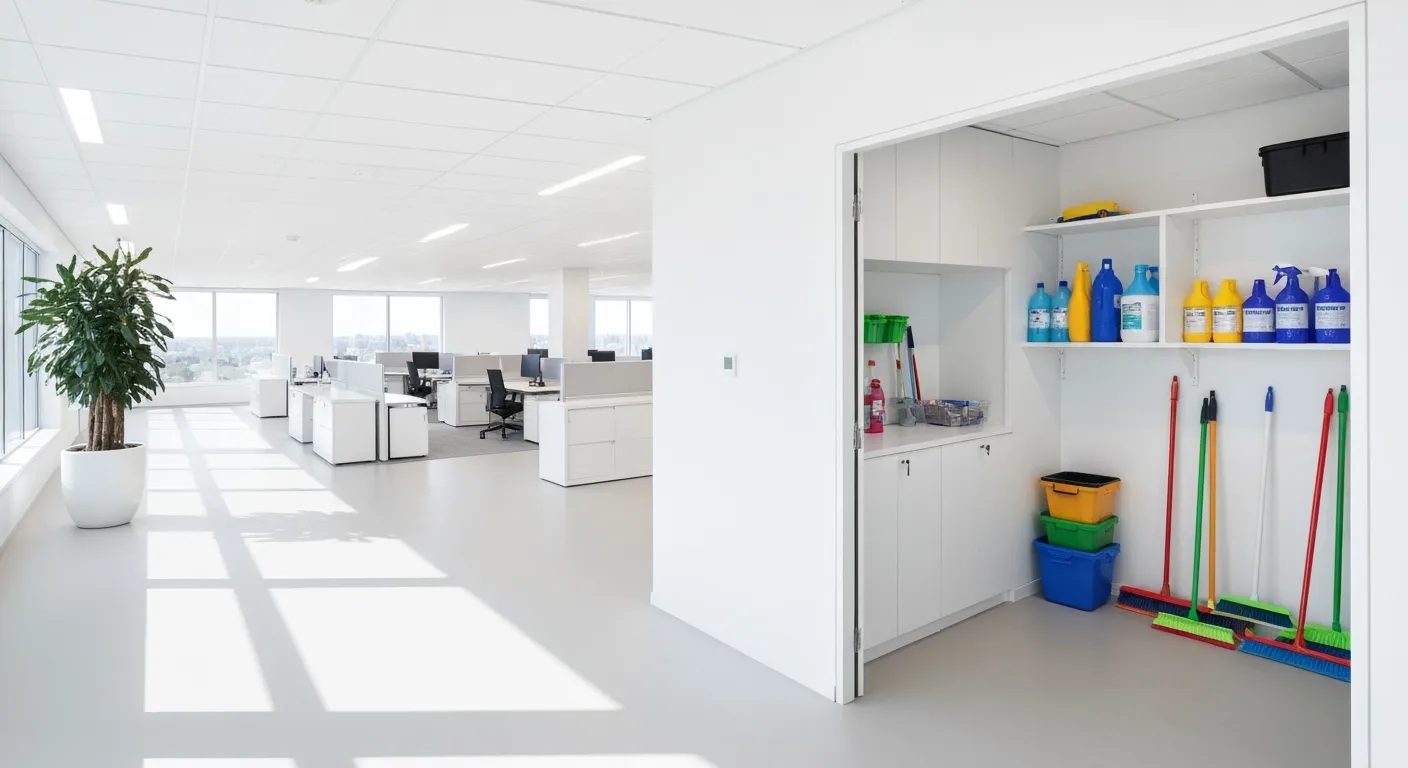Common Mistakes People Make When Cleaning Their Own Carpets
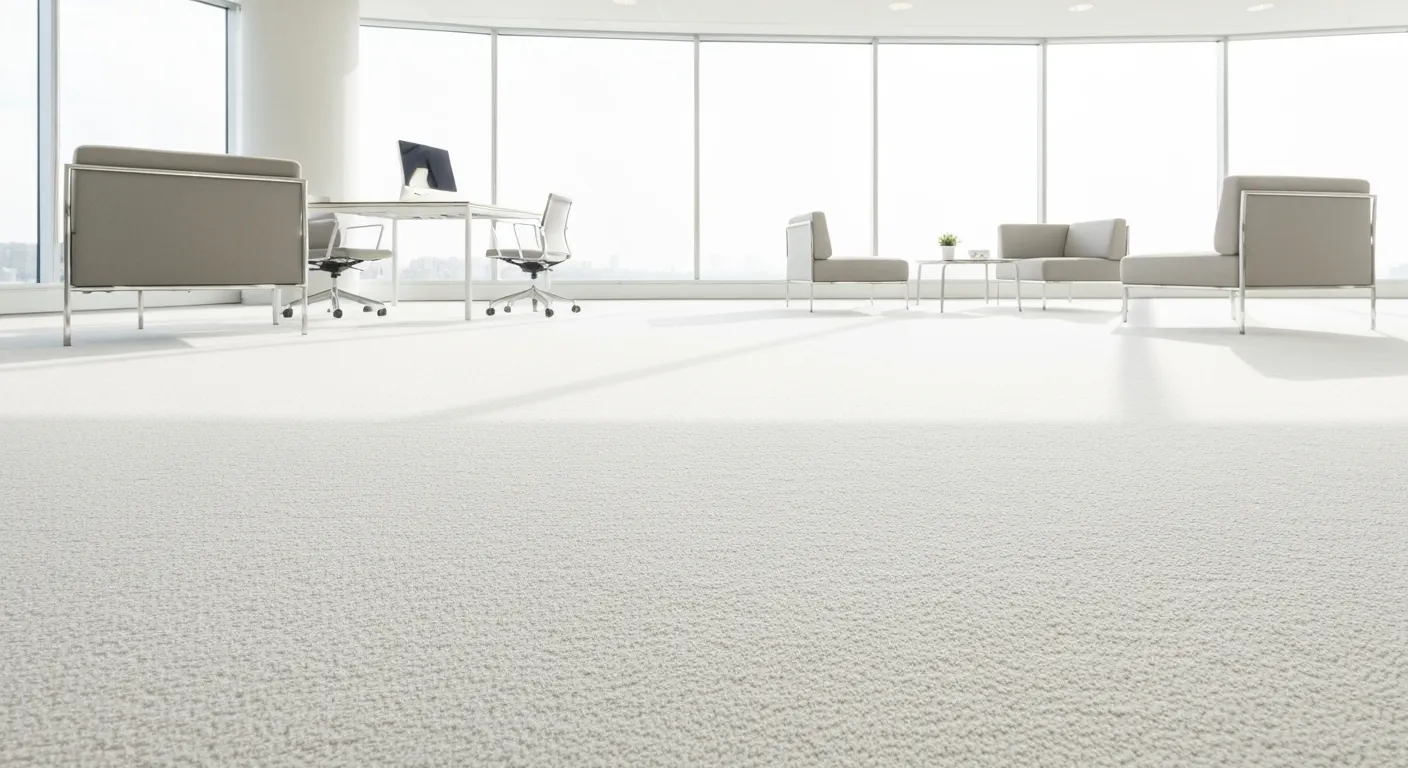
Understanding the Common Errors in DIY Carpet Cleaning
Cleaning your own carpets can save money and give a sense of satisfaction, but many homeowners unknowingly make mistakes that can reduce the carpet's lifespan or even cause damage. This article highlights common pitfalls in DIY carpet cleaning, shares best practices, and offers practical tips to help maintain your carpets effectively and avoid costly repairs.
Frequent Mistakes That Damage Carpets During DIY Cleaning
When cleaning carpets on your own, it's easy to make mistakes that can cause long-term damage. One of the most common errors is over-wetting the carpet. Using too much water not only makes the carpet take longer to dry but also creates a perfect environment for mold and mildew growth, which can permanently harm both the carpet and indoor air quality.
Another frequent mistake is using inappropriate or harsh cleaning products. Household chemicals not designed for carpets can weaken fibers, cause discoloration, or leave residues that attract more dirt over time.
Aggressively scrubbing or rubbing stains may seem effective, but it often backfires. Vigorous motions can fray delicate carpet fibers, push stains deeper into the pile, and spread the mess further, making removal more difficult.
Pre-vacuum is often overlooked during DIY efforts. Skipping this step allows loose dirt and debris to remain embedded, which can grind into fibers during cleaning and accelerate wear.
Walking on wet carpets before they are fully dry is another mistake. It can smear dirt, leave impressions, and introduce bacteria or fungi into the damp material.
Moreover, failing to rinse thoroughly leaves behind soap or cleaning solution residues. These residues can attract dirt, cause quicker resoiling, and diminish the carpet's appearance.
Finally, not allowing enough drying time can lead to persistent dampness, resulting in mold, odors, and deterioration. To prevent these issues, use cleaning products specifically designed for carpets, blot stains gently, and ensure ample ventilation and time for thorough drying.
Effective Carpet Cleaning Practices and Techniques
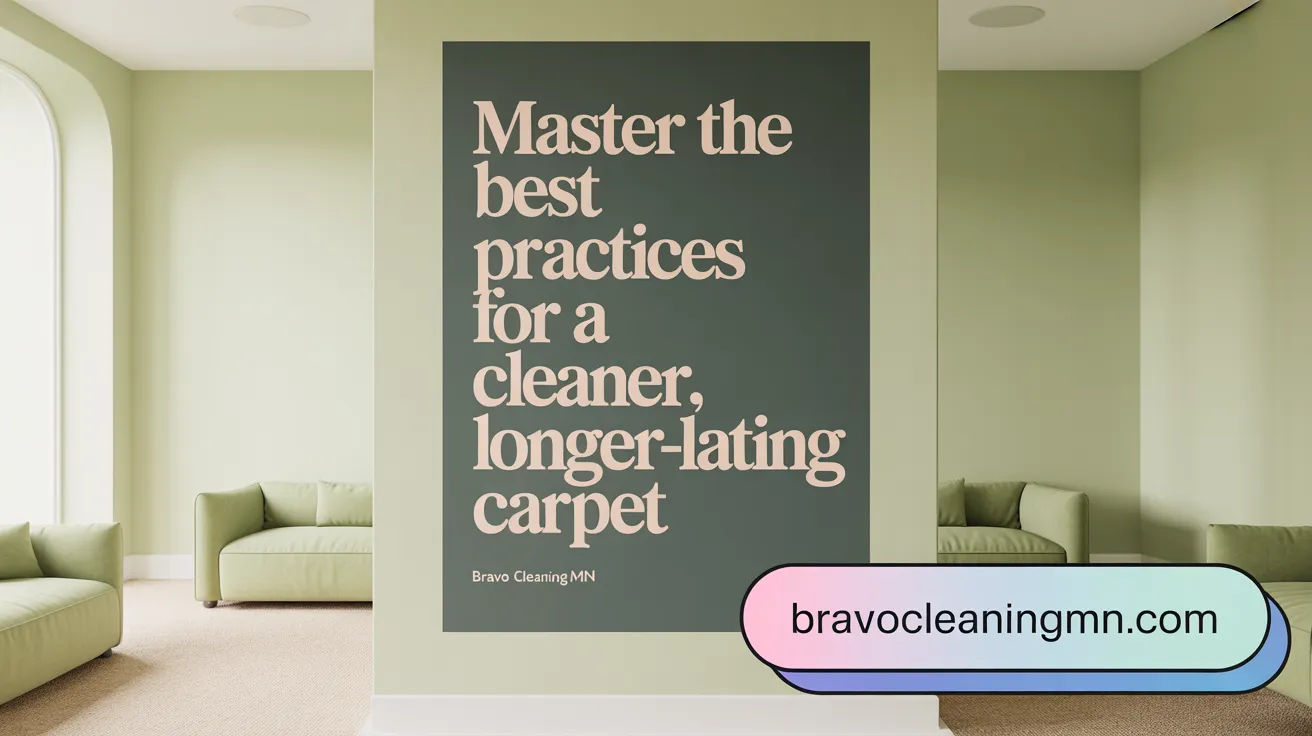
What are the best practices and techniques for effective carpet cleaning?
Achieving a clean and well-maintained carpet involves implementing a variety of effective practices. Regular vacuuming is fundamental; it removes surface dirt, dust, and pet hair, preventing deep dirt build-up and prolonging the carpet's lifespan. Ideally, vacuum high-traffic areas at least twice weekly, and all areas once a week (High-Traffic Carpet Cleaning Tips).
Prompt treatment of spots and stains is crucial. Immediate blotting with a white cloth or paper towel, followed by using approved cleaning products, prevents stains from setting and reduces the need for intensive cleaning later (Common carpet cleaning mistakes).
For deep cleaning, hot water extraction, commonly called steam cleaning, is the most thorough method. This technique uses heated water combined with cleaning agents to loosen dirt and sanitize fibers. It’s highly effective at removing embedded grime, bacteria, and allergens, and should be performed by professionals every 12 to 18 months (Vacuum regularly with Seal of Approval-certified vacuums).
Routine maintenance methods like encapsulation, foam cleaning, and bonnet cleaning help keep carpets fresh between deep cleans. Encapsulation uses a foam that crystallizes and is vacuumed away, which is ideal for ongoing maintenance. Foam cleaning involves applying a specialized foam cleaner, then extracting with a vacuum, suitable for quick refreshes. Bonnet cleaning employs a rotary machine with a cleaning pad, mainly in commercial settings, for surface dirt removal (Hot Water Extraction Carpet Cleaning).
Product choice is equally important. Selecting CRI Seal of Approval-certified and environmentally friendly solutions ensures effective and safe cleaning, avoiding harsh chemicals that could damage fibers or harm indoor air quality (Avoid harsh chemicals for carpets).
Proper drying and ventilation are vital to prevent mold and mildew. Using fans, opening windows, or running dehumidifiers helps the carpet dry thoroughly (What to do after carpet cleaning). Finally, preventive measures—such as placing mats at entry points and changing air filters regularly—reduce dirt tracking, protect the carpet’s appearance, and support overall hygiene.
Implementing these practices and techniques guarantees optimal cleanliness, extends the life of your carpet, and maintains a healthy indoor environment.
Step-by-Step Guide to Proper DIY Carpet Cleaning
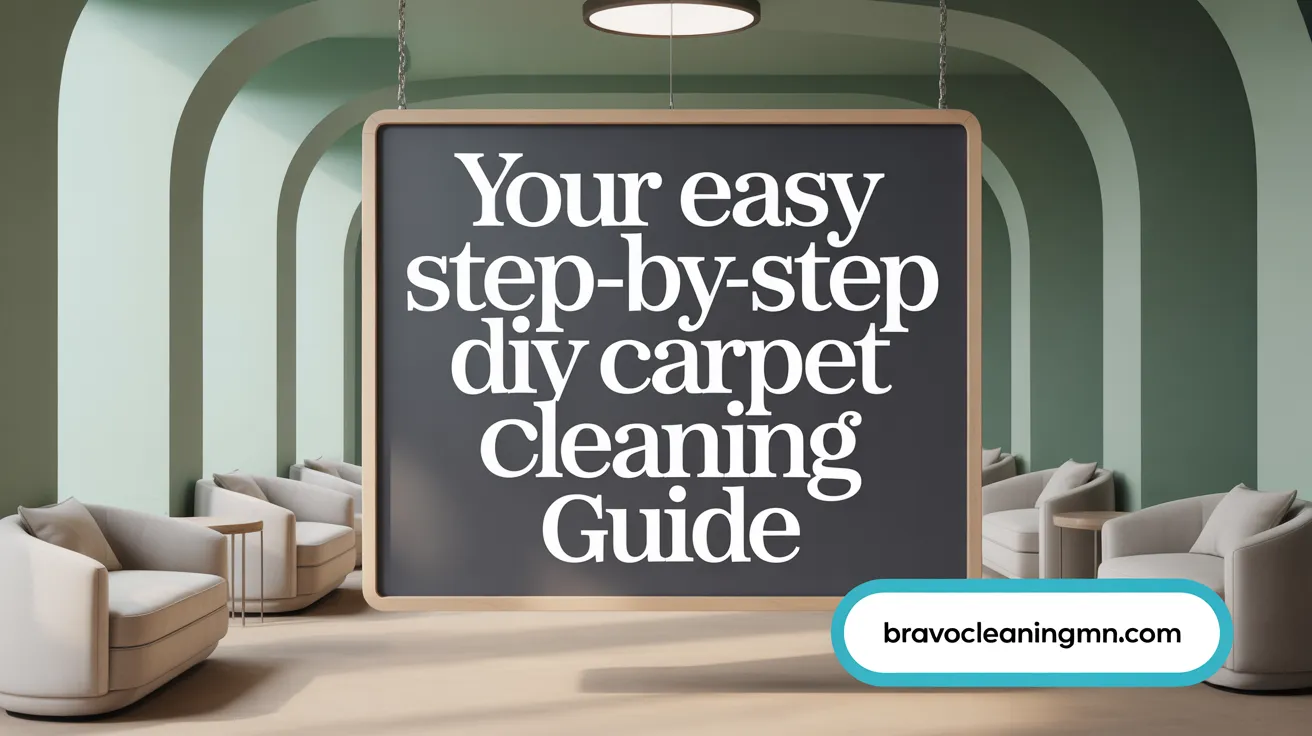
What step-by-step methods should be followed for proper carpet cleaning at home?
To achieve the best results when cleaning your carpets yourself, it’s important to follow a thorough routine. First, conduct a comprehensive vacuuming of the entire carpet, focusing on high-traffic areas, to remove loose dirt, pet hair, and debris. This pre-cleaning step ensures that mass of dirt doesn’t get embedded deeper during the wet cleaning process (Regular vacuuming benefits, Vacuuming Carpets Weekly).
Next, tackle spills and stains immediately. Use homemade solutions like a vinegar-water mixture (one part vinegar to three parts water) or a gentle dish soap diluted in water. Spray or apply this solution directly onto the stain, then blot gently with a clean microfiber cloth or paper towel or paper towel. Avoid rubbing, as scrubbing can push the stain further into fibers and cause damage, (Prompt stain removal techniques, Blotting vs scrubbing stains).
For deep cleaning, prepare a DIY cleaning spray combining vinegar, water, a teaspoon of baking soda, and a few drops of essential oil for a fresh scent. Spray this solution generously over the surface and gently scrub with a soft brush or sponge if needed. After treating the carpet, rinse with clean water—either by lightly spraying or wiping—and carefully blot out excess moisture, (Rinse cleaning solutions thoroughly).
Once cleaned, enhance drying by turning on fans, opening windows, or using a portable air conditioner with a fan mode. Proper air circulation typically allows carpets to dry within 4 to 6 hours, preventing mold and mildew growth (Prevent mold and mildew, What to do after carpet cleaning).
Routine maintenance is vital to keep carpets looking their best. Vacuum weekly in high-traffic zones and consider using doormats at entrances to reduce dirt transfer (Using entrance mats). Schedule deep cleanings every 6 to 12 months using steam-cleaning equipment or professional services, (Benefits of professional carpet cleaning). Promptly acting on spills and stains, and maintaining a regular cleaning schedule, can significantly prolong the lifespan of your carpets and preserve their appearance (Extend carpet lifespan).
Common Misconceptions and Pitfalls to Avoid in Carpet Cleaning

Many homeowners fall prey to certain misconceptions about carpet cleaning that can lead to damage or ineffective results. A prevalent myth is that using excessive water or stronger chemicals will make carpets cleaner. In reality, over-wetting can cause mold, mildew, and damage to the padding, while strong chemicals may leave residues that attract more dirt over time.
Another common mistake involves the misuse of harsh chemicals like bleach. These substances can discolor or weaken fibers, especially on delicate or color-patterned carpets, and should be avoided unless specifically recommended by manufacturers or professionals (Avoid harsh chemicals for carpets, Rug cleaning mistakes).
Patience in drying is crucial. Rushing the process by applying heat or walking on damp carpets can lead to mold growth, and lingering moisture may cause structural damage (Avoid walking on damp carpets, Proper drying of carpets after cleaning). Proper drying time, often several hours, is necessary for maintaining hygiene and carpet integrity.
DIY efforts, such as using a steam iron directly on stains or applying washing powders intended for laundry, pose risks as well. These methods can set stains further or damage fibers (DIY floor cleaning mistakes, DIY carpet cleaning limitations). Instead, specialized cleaning agents and professional techniques are recommended.
Residue buildup from soaps, detergents, and deodorizers is another concern. Excessive use of deodorizers, in particular, can create residues that attract dirt, making carpets look dirty faster. It highlights the importance of thorough rinsing and minimal, targeted deodorizer application (Avoid deodorizer buildup, Rinse cleaning solutions thoroughly).
Furthermore, advocating for professional cleaning methods, such as hot water extraction by certified experts, ensures a thorough removal of embedded dirt and allergens (Benefits of professional carpet cleaning, Professional deep carpet cleaning, Steam carpet cleaning). This approach extends the lifespan of carpets and maintains their visual appeal.
In summary, avoiding these misconceptions and pitfalls—like overusing water, chemicals, or inappropriate DIY tools—and opting for proper, often professional, cleaning techniques are essential steps to keep carpets clean, vibrant, and undamaged.
Post-Cleaning Care: Do's and Don'ts for Long-Lasting Results

After cleaning your carpets, proper aftercare is essential to maintain their fresh appearance and extend their lifespan. First and foremost, ensure the carpet dries completely before walking on it again. This drying process can take anywhere from two to 24 hours, depending on the cleaning method used. To speed up drying, use fans, open windows, or turn on HVAC systems to promote airflow. For more detailed advice on what to do after carpet cleaning, including drying and ventilation tips, see this resource.
It is crucial to keep pets and children off the damp carpet until it is fully dry. This prevents accidental slips, damages, and dirt tracking that can compromise the cleaning efforts. Refraining from moving furniture back onto the carpet until it has dried completely—usually around 24 hours—is advisable. This avoids creating dents or stains and prevents trapping moisture, which could lead to mold growth. Walking on wet or damp carpets should be avoided for at least 6-8 hours, with the best practice being to wait around 24 hours. The importance of avoiding walking on wet carpets and proper drying are key points highlighted here.
Once the carpet is dry, vacuum thoroughly to remove remaining loose debris and to fluff up the fibers, restoring its soft texture and appearance. Regular vacuuming benefits carpet maintenance greatly and is recommended by many experts; see regular vacuuming benefits and tips for more information.
It is also important to follow any specific professional care instructions provided. Applying protective coatings or using particular cleaning chemicals only after the carpet has dried ensures safety and effectiveness. Heavy foot traffic and chemical applications should be delayed until the carpet is completely dry to prevent damage. For additional guidance on professional aftercare and cleaning product usage, visit professional carpet cleaning recommendations.
In summary, proper ventilation, patience during drying, restricted access, and following expert advice are the best practices to preserve your freshly cleaned carpets and enjoy lasting results. For a comprehensive overview of post-cleaning carpet care and maintenance, including expert tips on drying and aftercare, consult this step-by-step guide.
Hand Techniques for Deep Cleaning Carpets
What techniques are effective for deep cleaning carpets by hand?
Deep cleaning carpets manually requires a combination of proper tools and gentle, effective methods. Begin with a thorough vacuuming to clear the surface of loose dirt, pet hair, and debris, setting a clean foundation for deeper work.
Next, select an appropriate cleaning solution. This could be a commercial carpet cleaner or a simple homemade mixture, such as mild detergent mixed with water. Carefully apply the solution over the targeted area, ensuring even coverage. Be sure to test cleaning solutions before use to avoid damage.
Using a soft-bristled carpet brush or scrubber, work the cleaning solution into the fibers with gentle circular motions. This action helps to loosen embedded dirt and lift stains without damaging delicate fibers. Remember the importance of blotting rather than scrubbing stains to protect carpet fibers.
After scrubbing, it’s important to rinse the cleaned section thoroughly with clean, cold water. You can do this with a mop, a spray bottle, or a cloth, to help remove any soap residues that might attract more dirt if left behind.
Once rinsed, remove excess moisture by pressing a clean, absorbent towel or using a wet-dry vacuum if available. This step reduces drying time and minimizes the risk of mold growth, aligning with best practices for drying carpets after cleaning.
Finally, ensure the carpet dries completely before walking on it again. Using fans or opening windows can help accelerate the drying process, keeping the area safe and free from mold or mildew. Avoid over-wetting carpets to prevent mold and mildew problems, and consider professional carpet cleaning for thorough maintenance.
Maintaining Carpets in High-Traffic Areas: Tips to Prevent Premature Wear

How should carpets in high-traffic areas be cleaned and maintained?
Carpets in high-traffic zones require a thorough and ongoing maintenance routine to ensure durability and appearance. Regular vacuuming is vital; it should be performed at least once a week, with special attention to edges and corners using attachments to remove surface dirt effectively.
Using entrance mats—placing a scraper mat outside and a wiper mat inside—can significantly reduce soil and moisture entering the home. These mats can trap up to 85% of dirt and water, lessening the wear and tear on your carpets (Regular vacuuming for carpets).
Professional deep cleaning every 3 to 6 months is highly recommended. Techniques like hot water extraction, or steam cleaning deep clean the fibers by removing embedded dirt, allergens, and residues that normal vacuuming can't reach (Professional deep carpet cleaning).
Promptly addressing spills and stains, especially in traffic areas, helps prevent soil from setting into fibers (Prompt stain removal techniques, Blotting vs scrubbing stains).
Employing furniture rotation and using protectors such as pads or foil under heavy furniture can distribute the weight more evenly and prevent dents or uneven wear (Removing furniture dents from carpet).
Finally, adopting a no-shoes policy inside, combined with regular cleaning and maintenance (Regular vacuuming benefits), helps prolong the carpet lifespan and keeps the high-traffic zones looking fresh and well-maintained.
Mastering Carpet Cleaning: Avoiding Mistakes for Lasting Beauty
Proper carpet cleaning requires knowledge, patience, and the right techniques. Avoiding common mistakes such as over-wetting, using improper products, or rushing drying ensures your carpet stays clean and intact longer. Coupled with effective cleaning methods, regular maintenance, and mindful post-cleaning care, you can protect your investment, enhance indoor air quality, and enjoy the beauty of fresh carpets for years to come. When in doubt, consulting professionals is a valuable step to preserve your carpets’ appearance and longevity.


